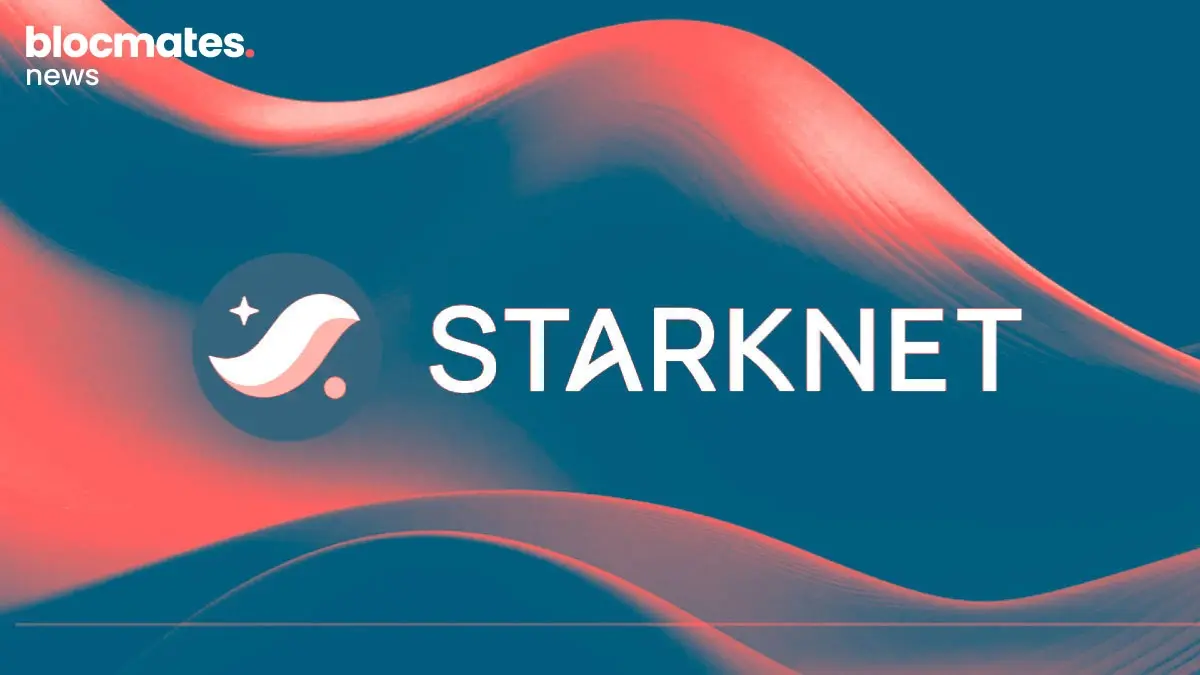Born from the ingenious idea of a couple of Cornell degenerates, the Avalanche blockchain has insidiously (and quite literally) taken the crypto space by storm.
It currently provides one of the fastest and most reliable multi-chain blockchain systems in crypto.
As if the level of pure degeneracy and absurdly poor emotional intelligence, which is the persona of CT, hadn’t been enough, Avalanche has successfully continued to onboard a potentially worse select few: the gamers.

Yes, it's been a total shitshow; apparently, the population of grown men happily residing in their dear mothers' basements has skyrocketed.
This is precisely the kind of trend we need amidst all the election frenzy.
Still, in other news, the strides Avalanche has made and continues to bring us a couple of steps closer to our 'onboard the first billion users' vision.
We’ve seen this already with the launch of Avalanche's subnets, providing crypto communities and developers with a platform to build customizable products at more cost-effective rates.
Combine that with the onset of truly remarkable and, more importantly, addictive games that would thrive in any environment, such as SHRAPNEL and Gunzilla, and the progress is undeniable.
It's hard to believe that Avalanche is not all about gaming; 2024 has been a real opportunity for the team at Ava Labs to show the other remarkable potentials of their ecosystem.
As of early this year, Avalanche has seen a substantial increase in its Total Value Locked (TVL) and user activity.
Its TVL increased 90% from $483 million to $911 million, eventually peaking at $1.27 billion in March. That made Avalanche the fifth largest Layer 1 in TVL and on par with Polygon in stablecoin market cap.
These are outstanding numbers for a blockchain and reflect increased developer and investor interest.
That interest is only strengthened by successful ecosystem development and partnerships, such as integrating JP Morgan’s blockchain Onyx and migrating Mirai Labs’ ecosystem to Avalanche.

I know, right now, you’re at peak euphoria. Since Trump sacrificed his ear for our bags, sentiment is ultra-bullish again.
All your dead memecoin CTOs are resurrecting, and you’re looking for the next shiny thing to splurge your newfound wealth while tidying up your resignation from McDonald’s. I hear you.

All we apes want is to bring you all the quality information you need actually to leave the trenches for good, so stick around and join me in this dark hole that is the Avalanche ecosystem.
Our most fervent apes in the shed would know we’re utterly obsessed with blockchain theatrics.
The debacle between monolithic and modular blockchains covers everything you need to know about layer 2 rollups (Optimistic and Zero-Knowledge rollups), the infamous Data Availability (DA) wars, and the blockchain trilemma.
Everyone has their strategy to solve the blockchain trilemma.
ETH is using rollups to improve scalability. Cosmos hopes its Shared Security will be its saving grace, Celestia is powering on with its modular thesis, and Solana is continually hacking away at decentralization.
Avalanche, which has been in the party for the longest time with its Snowman consensus protocol and subnet integration, is taking it up a notch with the looming implementation of the ACP-77.
Before we examine the ACP-77 upgrade in depth, let’s briefly overview the Avalanche blockchain and its importance to discussing dedicated blockchains.
Brief overview of Avalanche
The Avalanche blockchain was created in 2018 by Ava Labs, co-founded by Emin Gün Sirer, Sekniqi, and Yin.
They aimed to create a highly scalable and efficient platform that could overcome the limitations of blockchains like Bitcoin and Ethereum regarding scalability, speed, and decentralization.
This birthed the Snowman consensus, a protocol designed to offer high throughput, low latency, and strong security, making it suitable for various applications.
John Wu was brought on board in 2020 as president of Ava Labs, harnessing his expertise and experience in trad-fi, entrepreneurship, and technology to the team, serving as the effective headpiece for Ava Labs.
Ever since the main net went live in September 2020, their ecosystem has grown rapidly, with numerous DeFi projects, NFTs, and dApps being developed.
The platform saw exponential growth in 2021 when Ava Labs launched the Avalanche Rush incentive program, allocating $180 million to attract DeFi projects and liquidity to their platform.
This well-timed marketing stunt, coupled with the glorious 2021 bull run, was the perfect recipe for skyrocketing the AVAX token, hitting an all-time high of $144 by November. To learn more about how to play incentive programs, see here.
In the depths of the ‘crypto winter’ *gags* of 2022, Avalanche, being immune to the cold, saw a whopping 1500% increase in on-chain transactions since 2021, speculated to be mainly due to the introduction of subnets and increased NFT adoption.
The platform has continued to see steady growth in 2024, with the number of active subnets hitting 20 in Q1, along with the Durango upgrade that went live in March, enabling cross-chain communication amongst EVM-based subnets, kickstarting the interoperability era for the Avalanche Network.

Success with Avalanche is not limited to its fire marketing strategies but also to its advanced technology in the blockchain arena.
Today, our objective is to give you a peek into the complexities of the Avalanche architecture, how its consensus works, and why you should pay attention to ACP-77.
So, what makes them tick?
In contradiction to the traditional Nakamoto model, the Avalanche consensus model was built under the premise that a single chain optimized for a global, shared state cannot scale to meet the demands of the modern world (i.e., a platform that satisfies global scaling and offers the best developer experience and value capture).
Instead, many high-performance chains will exist and need to interact with each other seamlessly.
This led to the creating of a multi-chain system that separates its core functionalities among 3 subsidiary blockchains to improve resource allocation, namely the P-chain, X-chain, and C-chain, which are all validated by the primary network.

Much like the modular thesis, labor is distributed among these chains, thus bypassing the disadvantages of single-state machines, such as high transaction fees, low throughput, and system outages.
The X-chain is in charge of the creation, transaction, and management of tokens and Avalanche native assets.
The C-chain (Contract Chain) is used to develop EVM-compatible smart contracts on Avalanche, making it easier for developers to move their products from Ethereum to Avalanche.
It serves as a general-purpose EVM L1 home to a suite of DeFi applications, including popular applications like Trader Joe, Aave, and GMX.
The P-chain (Platform Chain) is explicitly used for managing the subnets and coordinating all the validator nodes and their stake weight.
The validator information recorded on the P-Chain enables cross-subnet communication.
All three chains use the Snowman Consensus protocol, which uses repeated sub-sampling to provide high security, fast finality, and scalability.
While most consensus engines operate on the premise that all validator nodes in a system have to verify before a transaction is approved or rejected, the Snowman protocol works differently.
Here, validators are picked at random in small subsets to decide if a transaction should be rejected or approved. This way, consensus would be reached within a specific desired timeframe.
To simplify this more, take a blockchain with 1800 validator nodes. The Snowman protocol would hypothetically choose 180 of these nodes (in no particular order) to validate a transaction rather than all 1800.
This way, the system achieves fast finality without trading off throughput.
We’ve discussed how the system maintains throughput and finality, leaving us with scalability, bringing us to a very important question,
What exactly are subnets?
The primary goal of Avalanche is to be the most developer-friendly Layer 1 by being the premier destination for building customized blockchains, but this is only possible if the infrastructure is interoperable, flexible, and performant.
Currently, these criteria can only be met by dedicated blockchains like rollups and Cosmos appchains, which separate their core functionalities among different entities in the network.
As the actual forebringer of this concept, Avalanche executes this via subnets.
A blockchain built on the Avalanche tech stack is validated by a subnet, which is just a collection of validators. Subnets are not blockchains, but the validator sets that control the design, operation, and economics of the chain(s) they validate.
Each subnet can have its blockchains built on it, just like the primary network. These blockchains have their consensus engines (either PoW or PoS) with inbuilt virtual machines.
The collective blockchains validated by Subnets form the Avalanche Network.

A developer could build a blockchain within a subnet with the flexibility to make said blockchain EVM-compatible by imbuing a copy of the Ethereum virtual machine. Crazy stuff, I know!
One important factor is that validating a subnet would require you to validate the entire network via the primary three chains.
This means that subnet validators must validate blocks on their native subnet and the other three chains of the primary network before consensus is reached.
This hampers validators' productivity, considering the extra hardware burden it takes to validate all these chains and the reduced time spent on its native subnet.
Think of it as a generator that should normally power a single building but is used to power four.
Currently, subnet validators are required to validate the primary network, which requires a 2,000 AVAX minimum stake.
The high upfront cost has been viewed as a barrier to entry for prospective Subnet developers since it costs approximately $51,600 per validator at the current AVAX price.
This way, no matter how developer-friendly the building on Avalanche is, small-scale projects and devs wouldn’t be able to thrive due to low-cost effectiveness.
Why ACP-77 is necessary
ACP-77 (Avalanche Community Proposal 77) proposes a continuous payment mechanism for subnet validators to register to the P-Chain instead of a large upfront cost of 2000 AVAX (today) or 500 AVAX (referenced in ACP13) to lower the barrier of entry to subnet adoption.
This way, developers can quickly build their products using subnets at cheaper and more affordable rates.
Lower fees attract more developers. And more developers on a chain that grants maximum flexibility lead to more widespread adoption. Which ultimately brings more users and, yes, you guessed it - scalability.
Other advantages of the proposal are:
1. Staking and Reward Flexibility: Subnets will have greater autonomy to set their staking requirements and reward mechanisms independently of the primary network, allowing for more tailored and flexible management.
2. Reduced off-chain costs: Besides reducing Onchain costs in running a subnet validator, ACP-77 also reduces the hardware requirements. Subnet validators no longer need to validate both the C and X chains in the primary network.
According to Ava Labs, this should lower hardware costs from about $250 per month to $80 per month per validator—a whopping 64% decrease from previous levels.
3. New Fee Mechanism: To compensate for removing the AVAX deposit requirement, a new fee mechanism will be introduced on the P-Chain to support increased activity and security.
This will ensure the network's sustainability and security despite the reduced barriers to entry.
4. Support for Gaming Subnets: ACP-77 particularly benefits the blockchain gaming industry.
You might ask yourself why the best crypto games run on Avalanche—at least the fun ones. This is because the Avalanche ecosystem infrastructure supports the hardware requirements and flexibility to:
- Run a crypto game
- Create tokens and possibly NFTs, tradeable within and outside the game
- Have a customized blockchain via subnets for the game, with its native token serving as the fee token on the chain, thus accruing value to the token
However, as you’ve seen, this process has historically been far too costly to set up.
ACP-77 mitigates this issue, lowering the barrier for smaller and indie game developers, allowing them to launch their customized blockchain networks more easily.
This could lead to a surge in creative and diverse blockchain-based games within the Avalanche ecosystem.
On-chain costs
Similar to how rollups in the modular stack have on-chain costs associated with using other layers for data availability and/or settlement, subnets would have to pay the P-Chain to maintain an up-to-date registration of its validator set.

ACP-77, on the one hand, uses a dynamic base fee that’s based on a target utilization of total subnet validators registered to the P-chain, not on the amount of economic activity on the subnet itself. Unlike other dedicated blockchain solutions today, where on-chain costs scale with the chain's demand.
A survey was conducted, courtesy of Blockworks research, to properly compare the on-chain costs of different dedicated block space solutions.
Using real data from the DEXALOT subnet to quantify the daily cost in a scenario where DEXALOT is an:
Scenario 1: Avalanche Subnet post-ACP-77 with 8 validators
Scenario 2: Ethereum-based optimistic rollup using the OP-Stack
Scenario 3: Celestia-based OP-Stack rollup using Ethereum for “settlement”
Scenario 4: Cosmos Appchain with a 20% revenue share agreement
This was the result:

Ultimately, if ACP-77 were implemented today, the on-chain costs of subnet validation would be much more cost-effective than rollups that use Ethereum for both data availability and settlement. It’d also be competitive with rollup on-chain costs using Celestia, the cheapest data availability layer on the market.
Concluding thoughts
Mass adoption by the right players has been and still remains the objective of cryptocurrency and blockchain technology.
What I believe this eventuality looks like (in my own opinion) is a developer-friendly blockchain where any Tom, Dick, or Harry could build a product and, heck, even deploy a blockchain at affordable rates to run.
This exposes the space to brilliant minds and breeds maturity.
From this perspective, dedicated blockchains are pushing us in a direction where this is plausible.
Avalanche is taking it a step further. Already having a developer-friendly platform has created a cost-effective environment for building apps or games.
This is the exact push the space needs to breed innovation.




.webp)

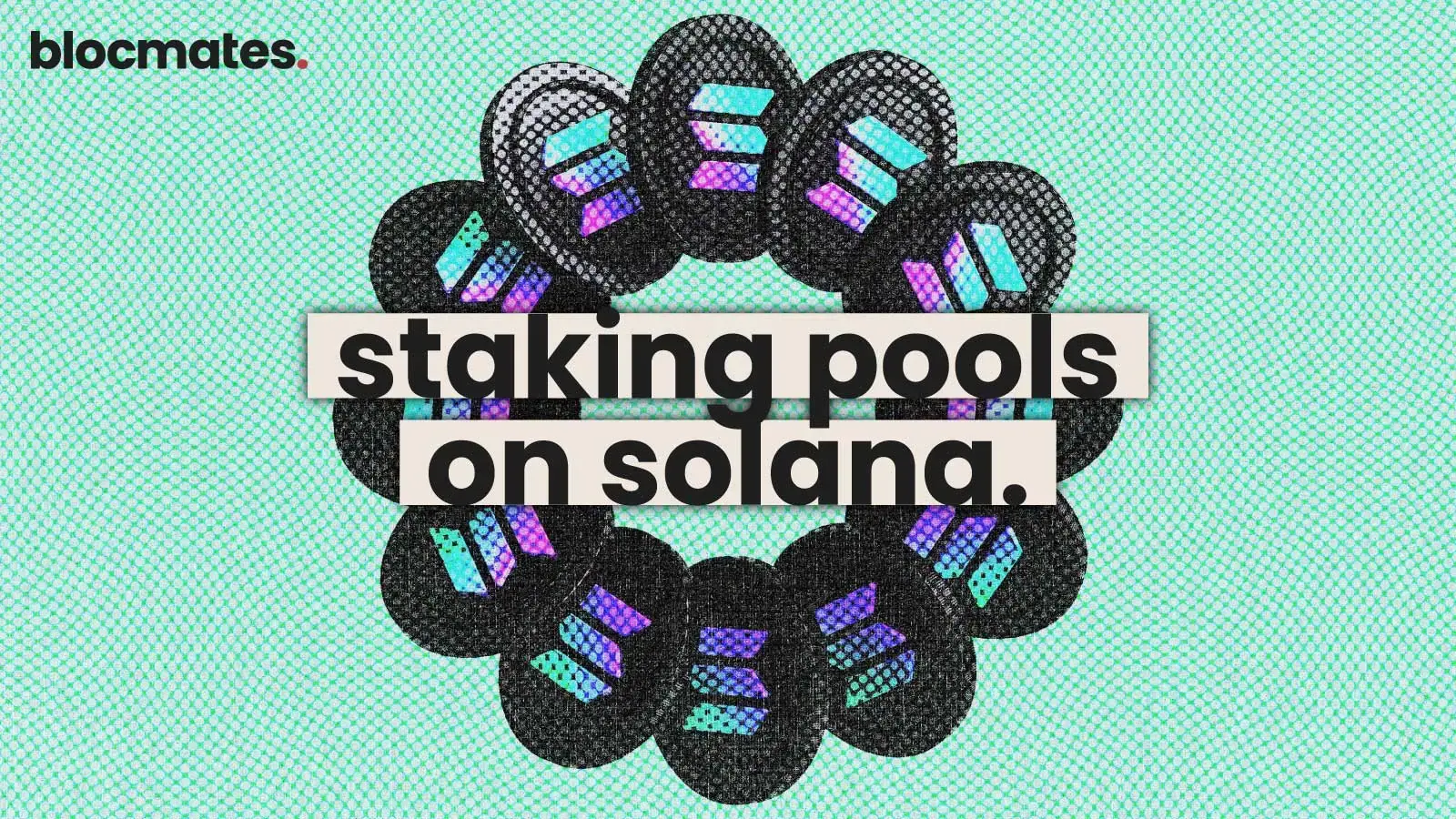





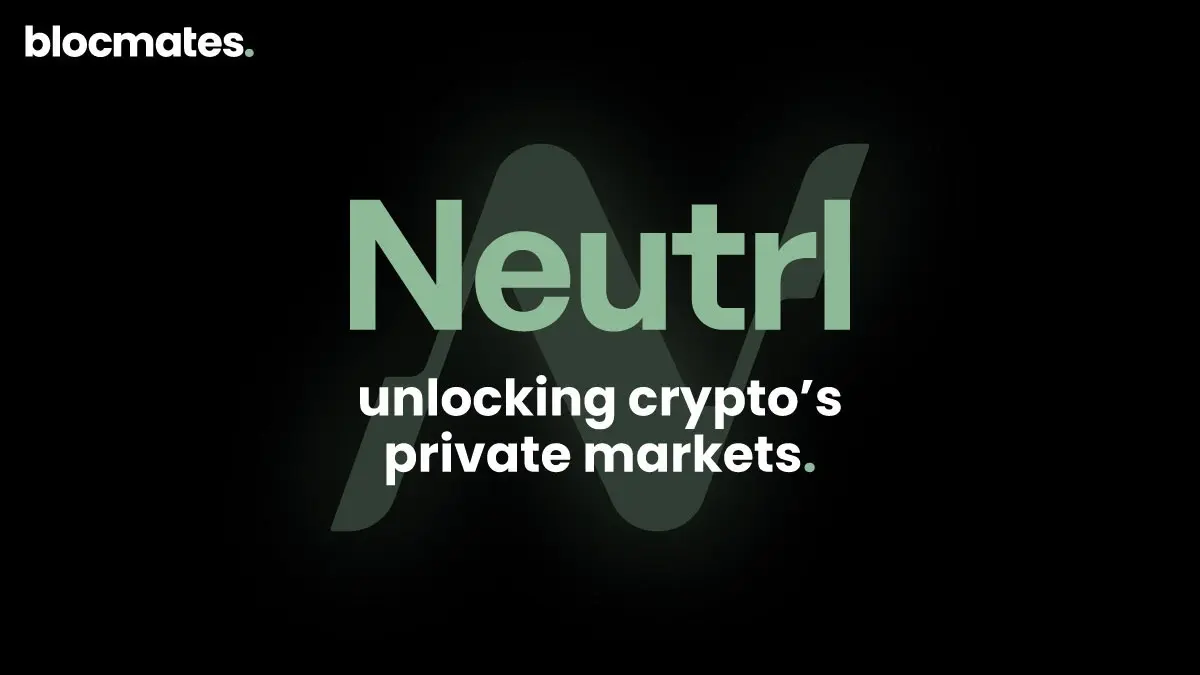


.webp)

.webp)
.webp)
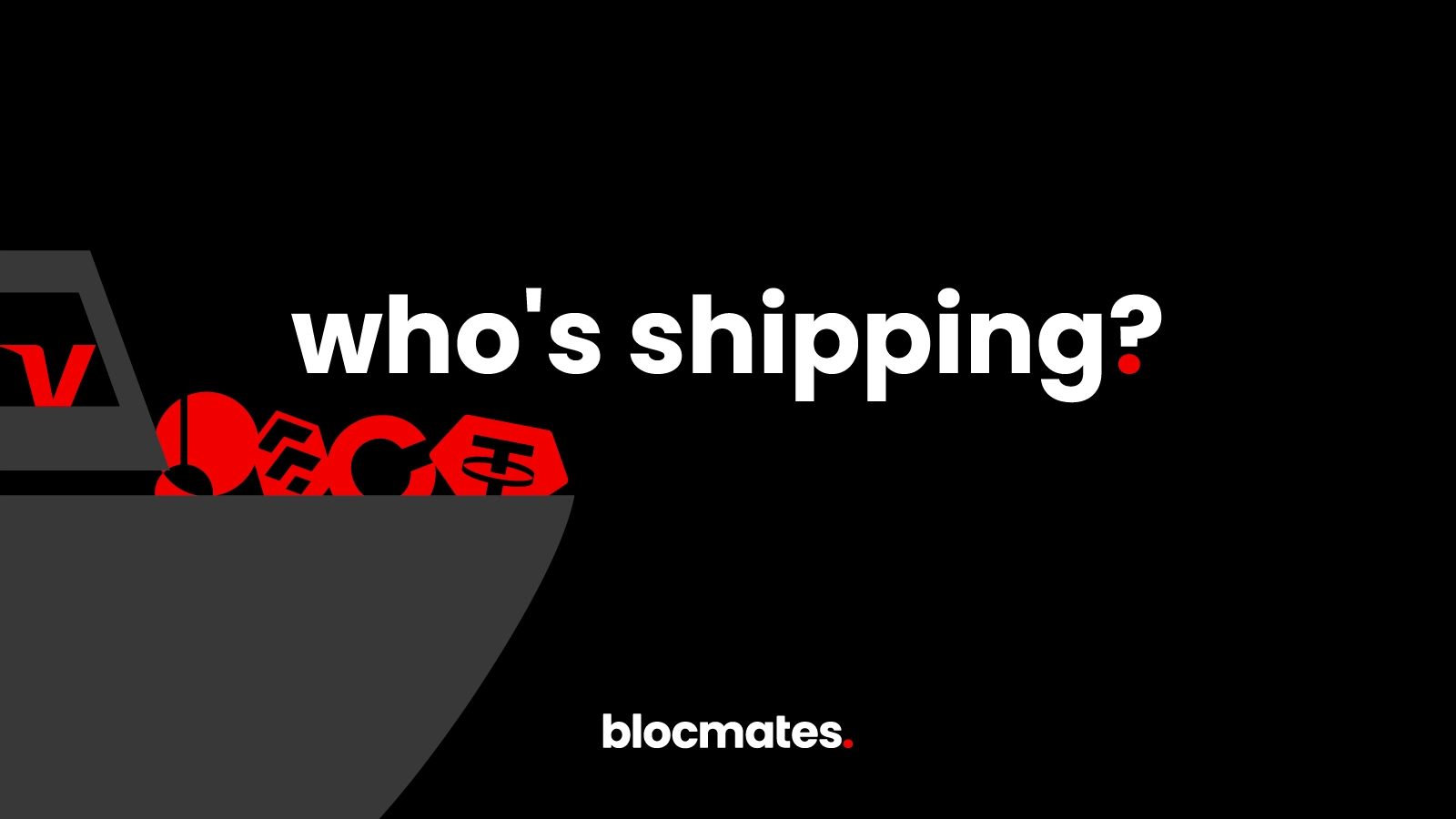
%20(1).webp)
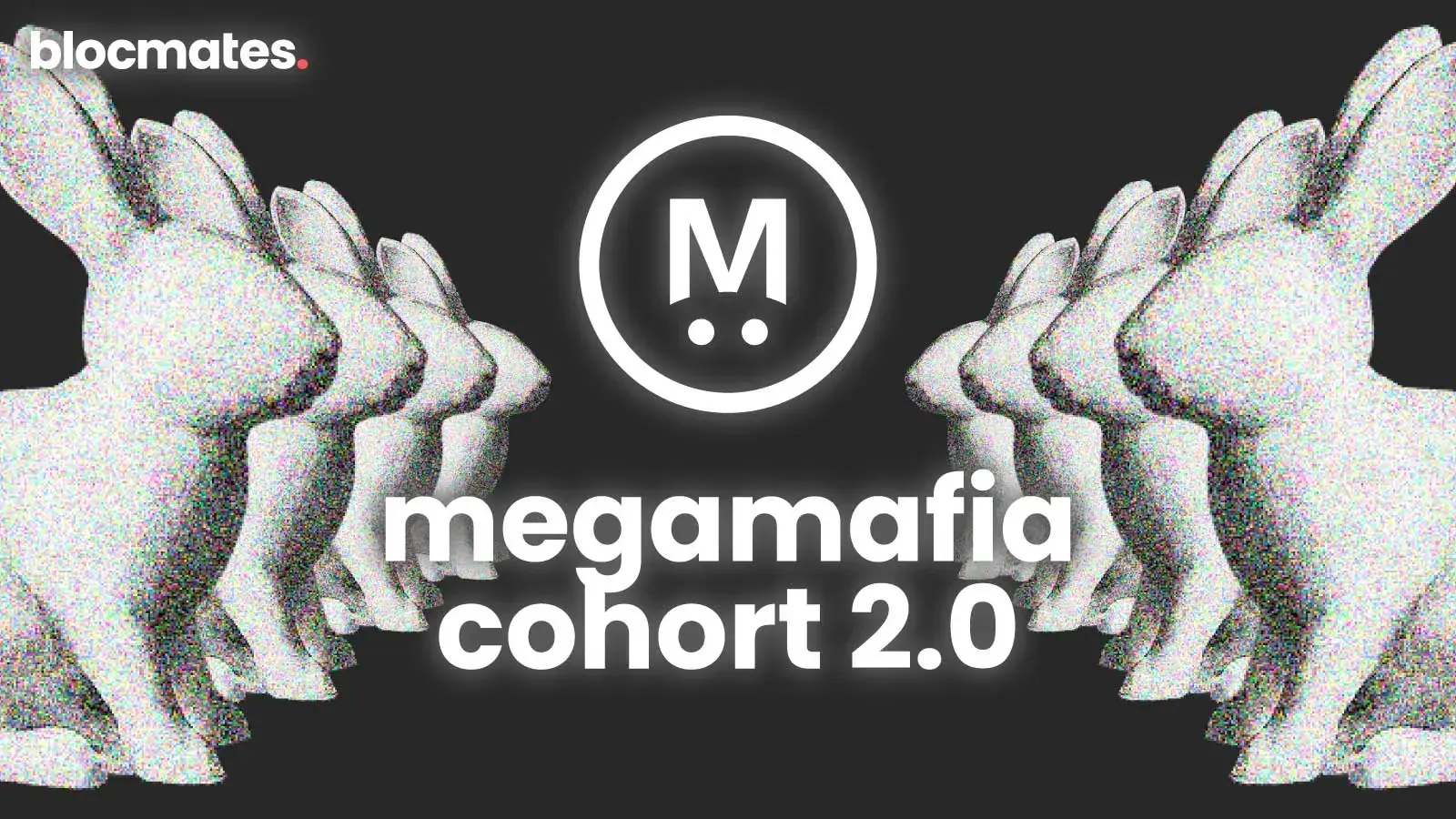
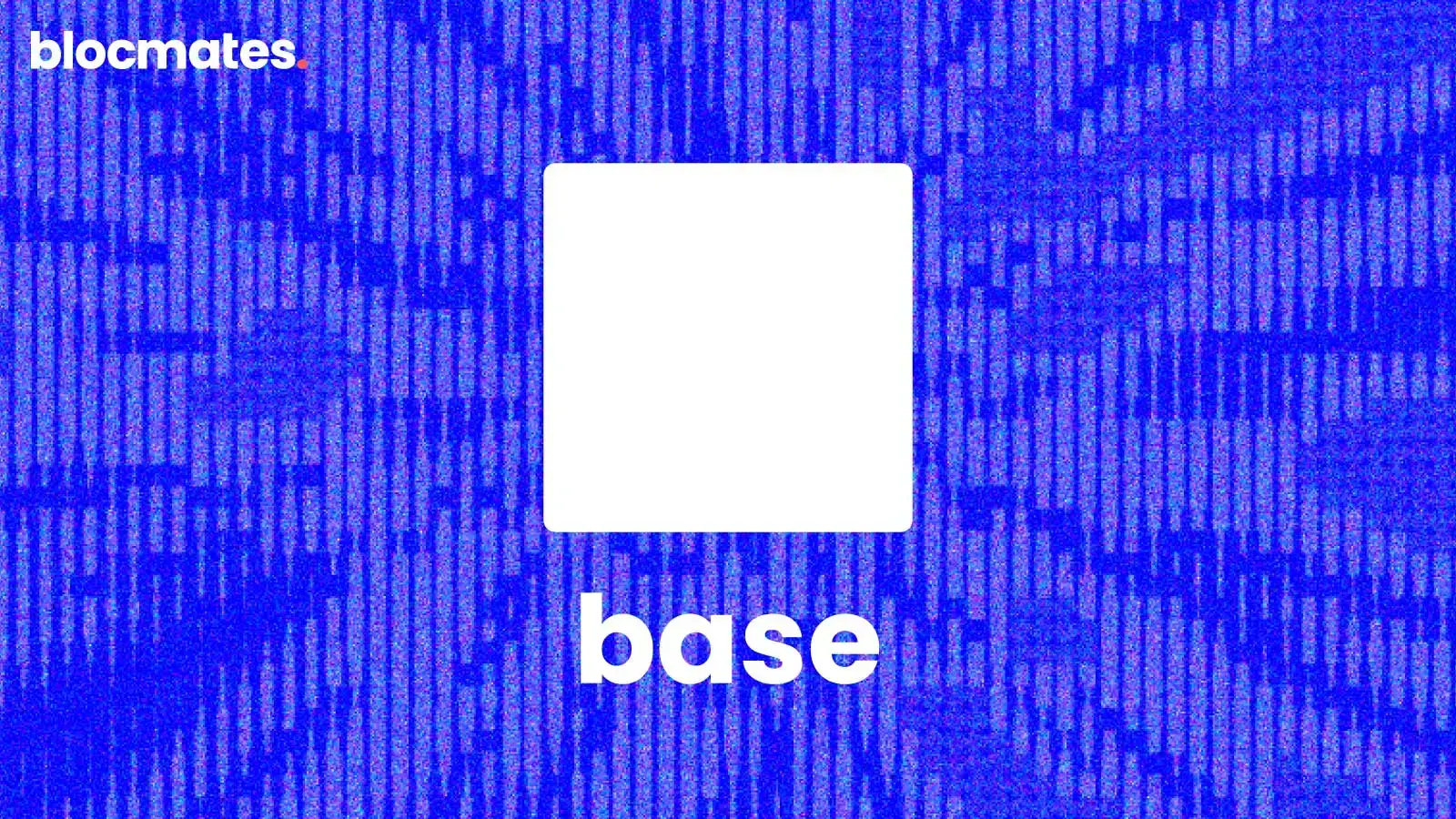
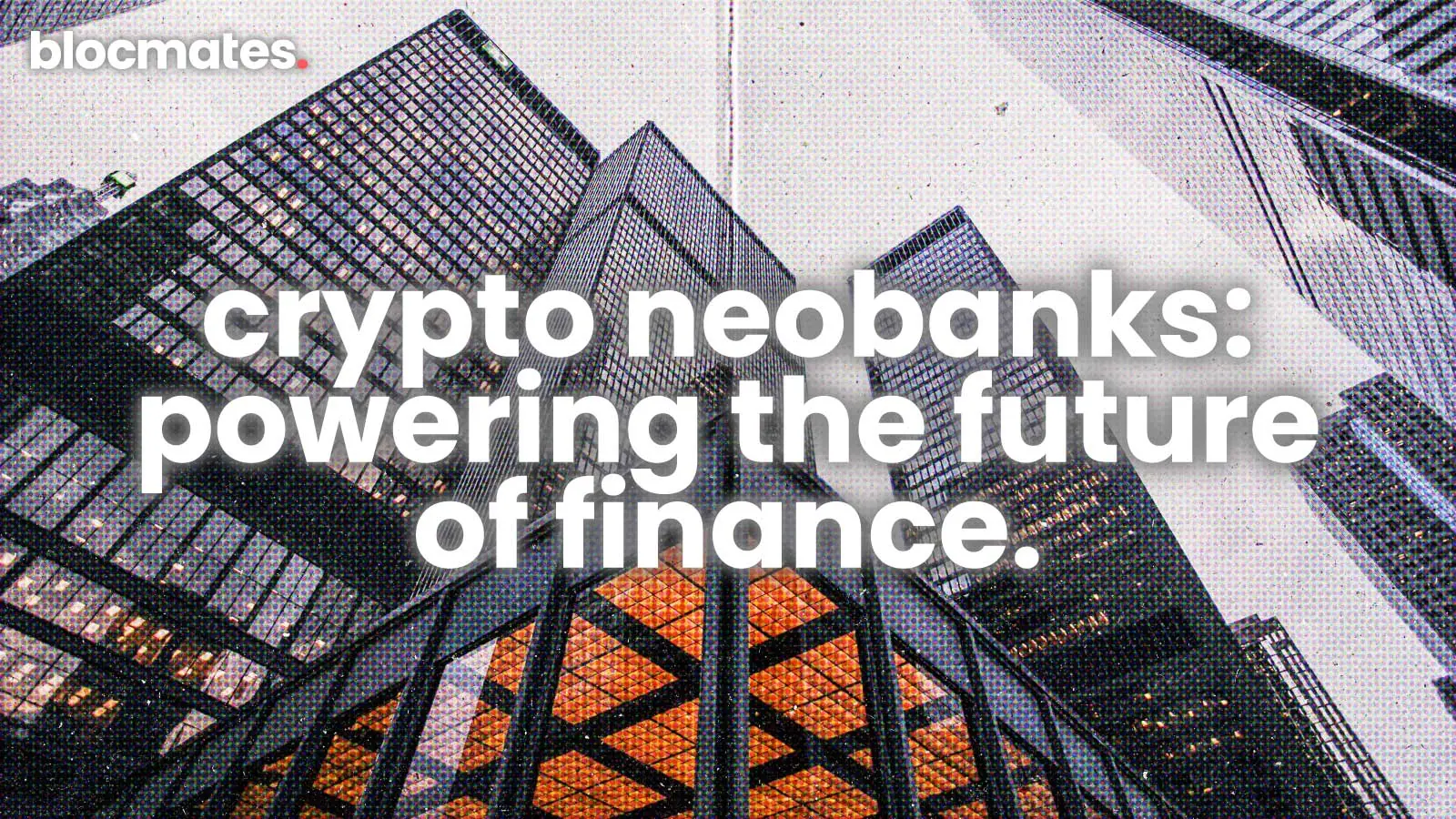


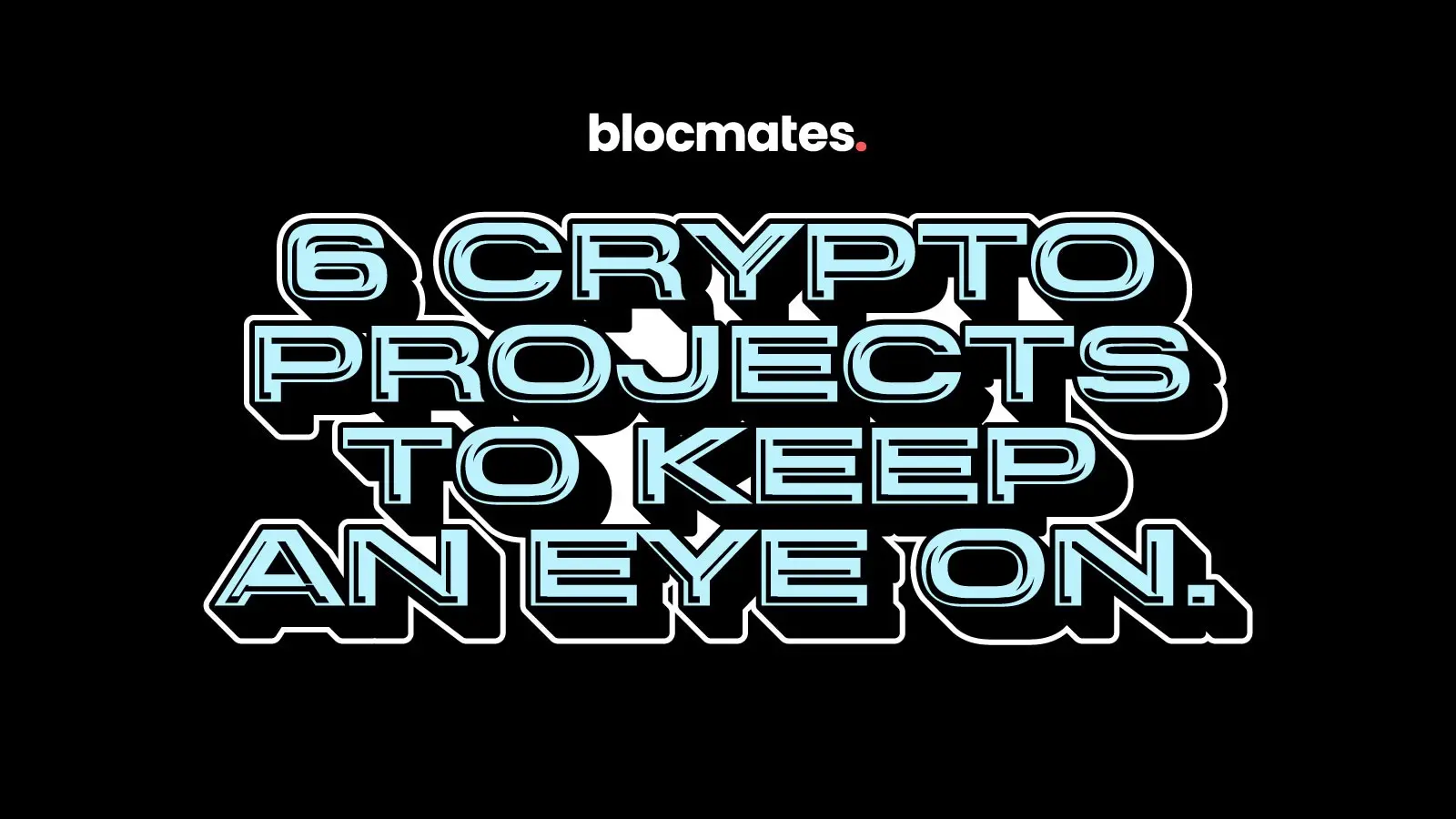
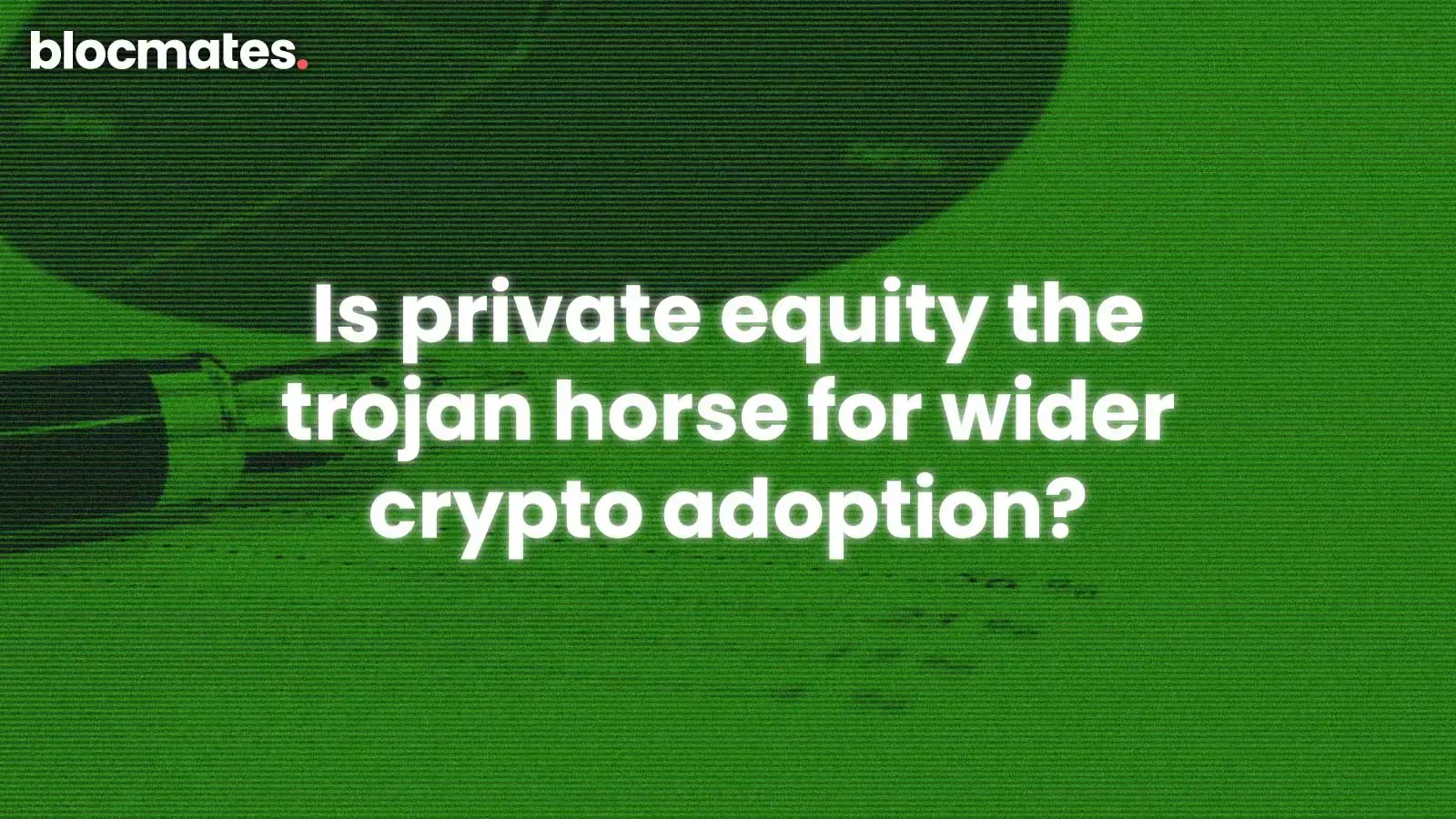
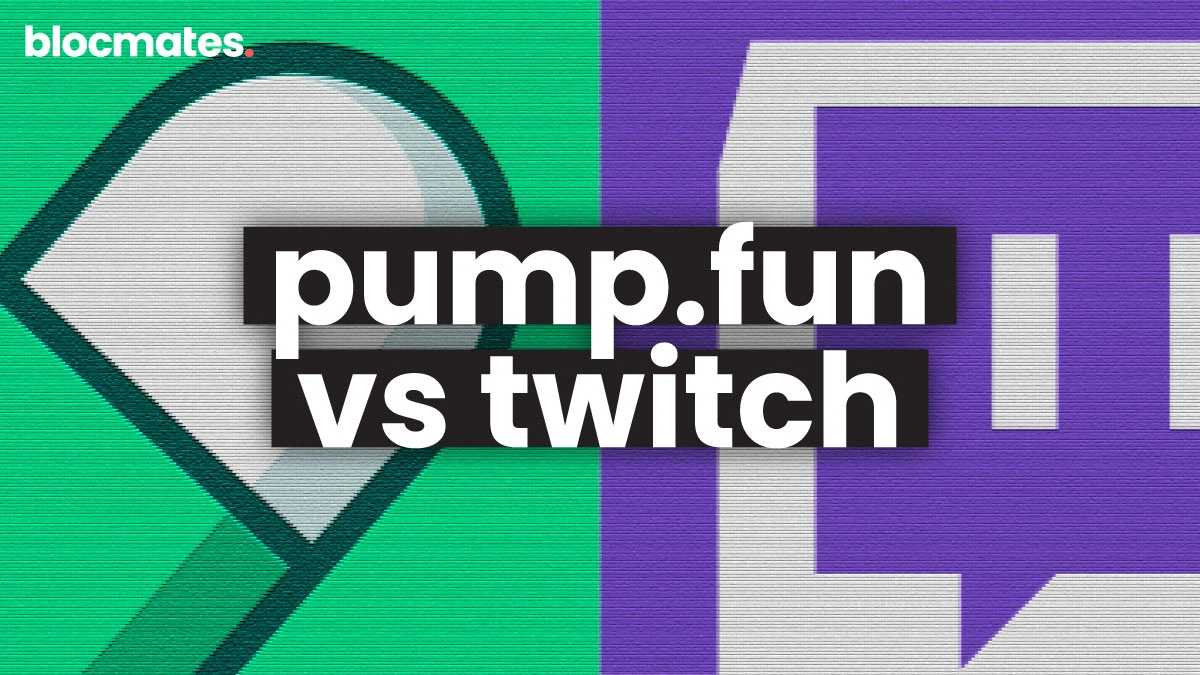

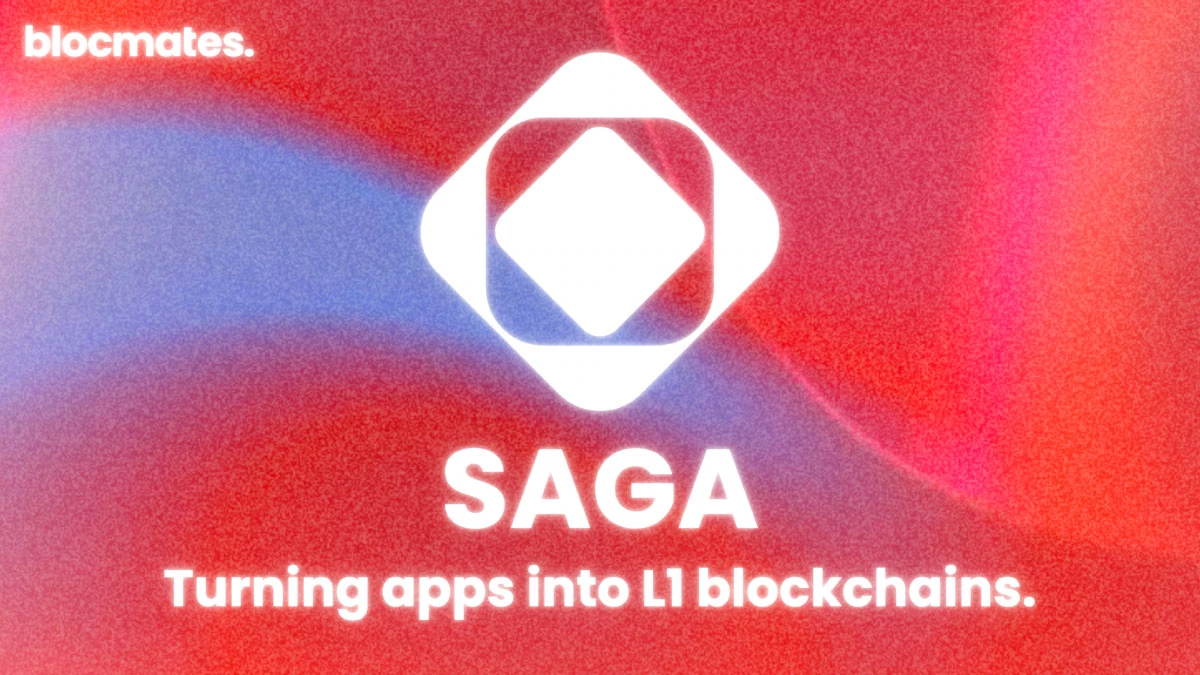

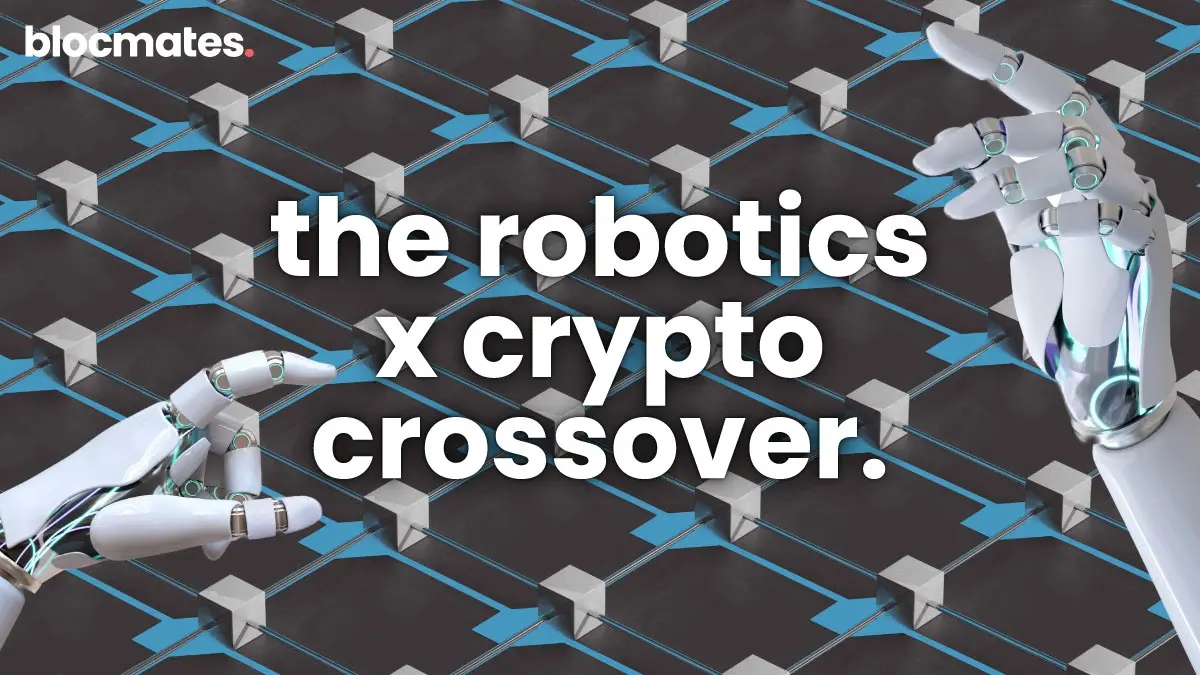
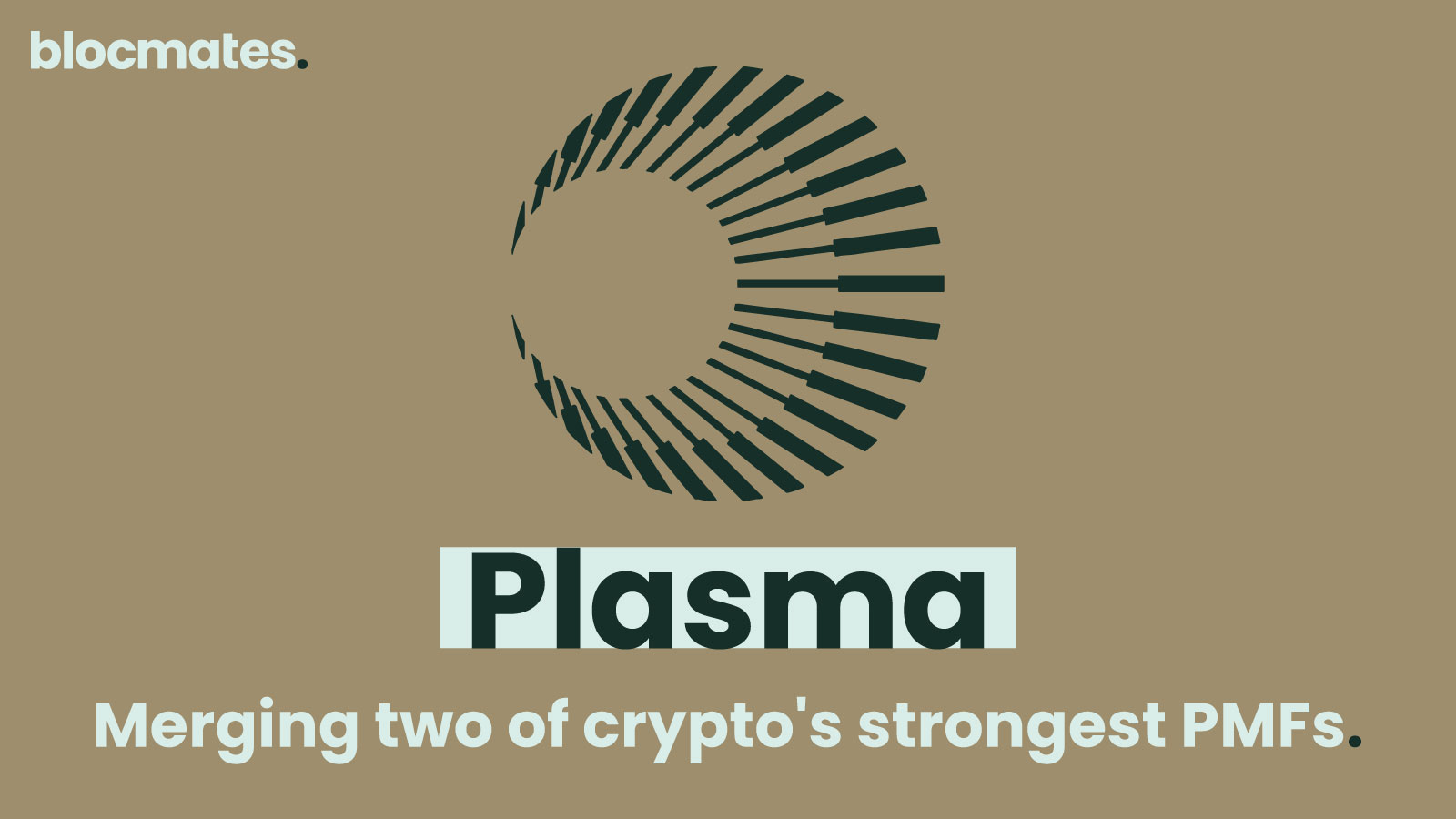

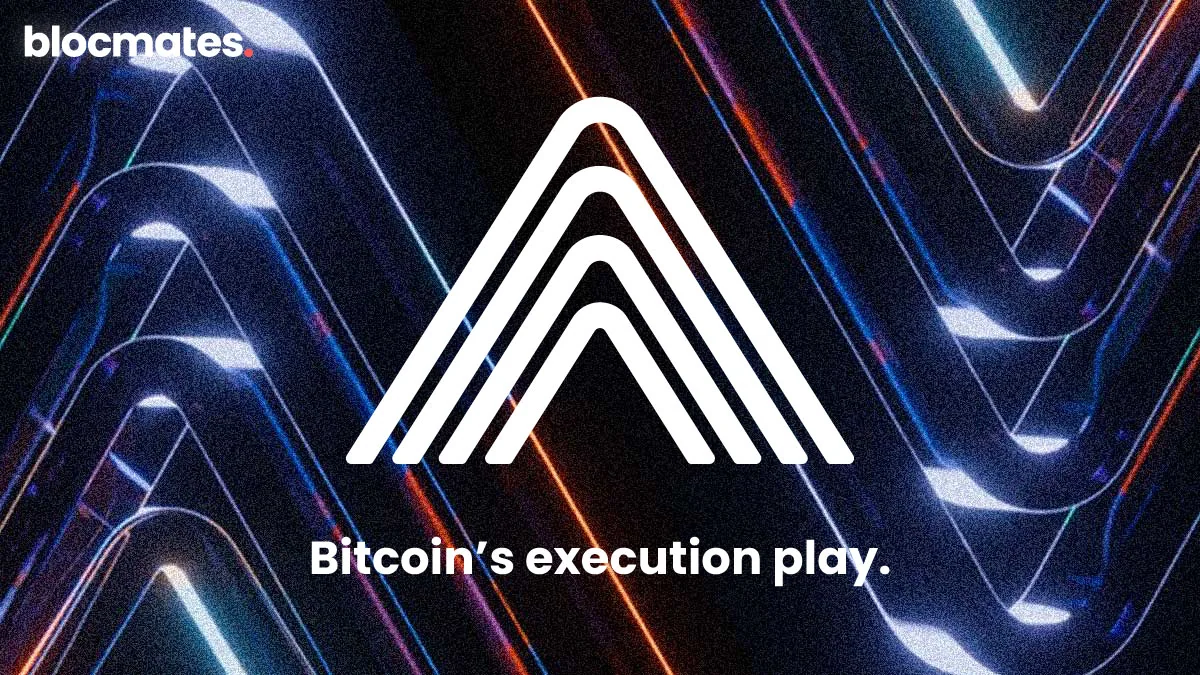
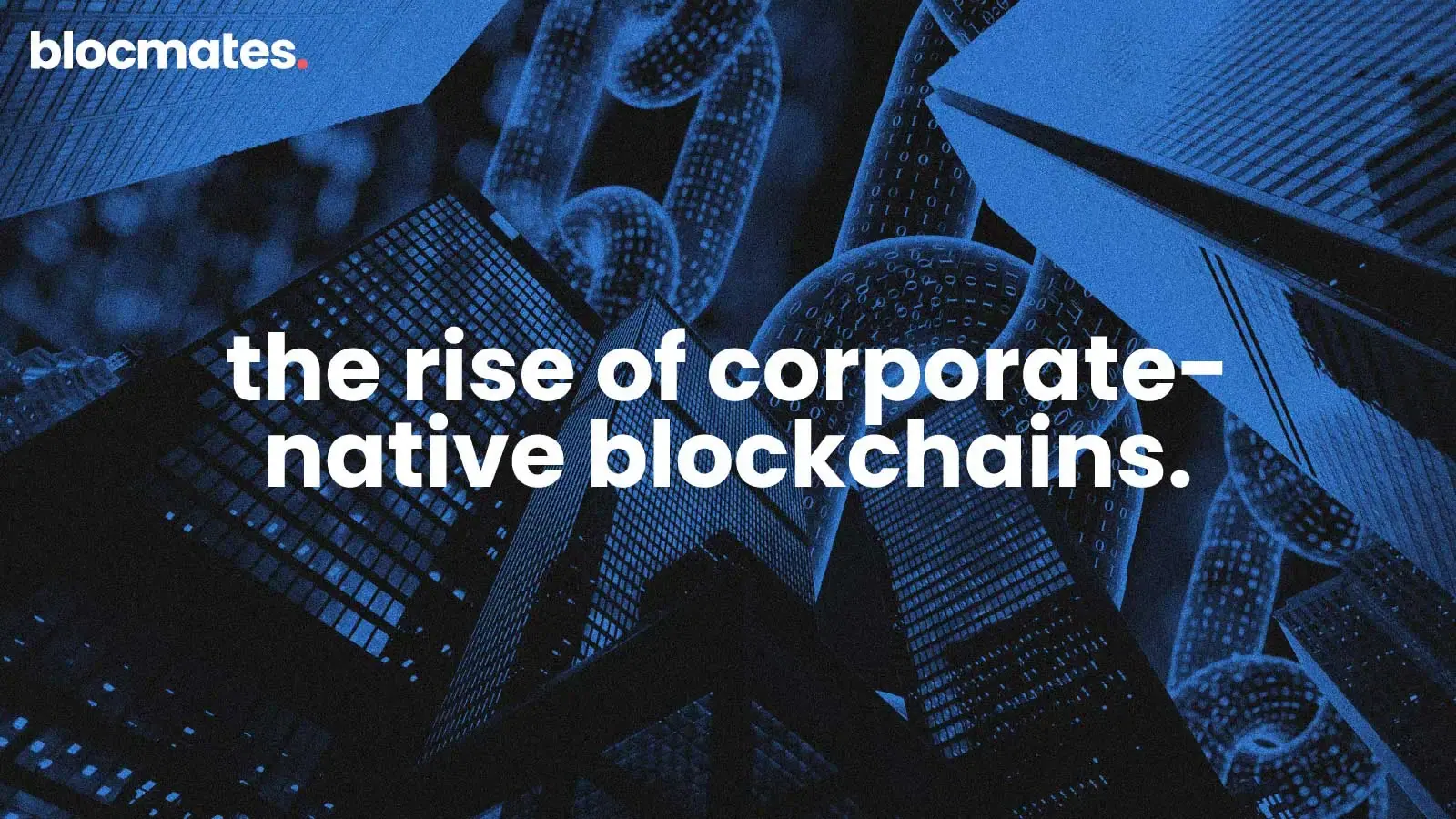
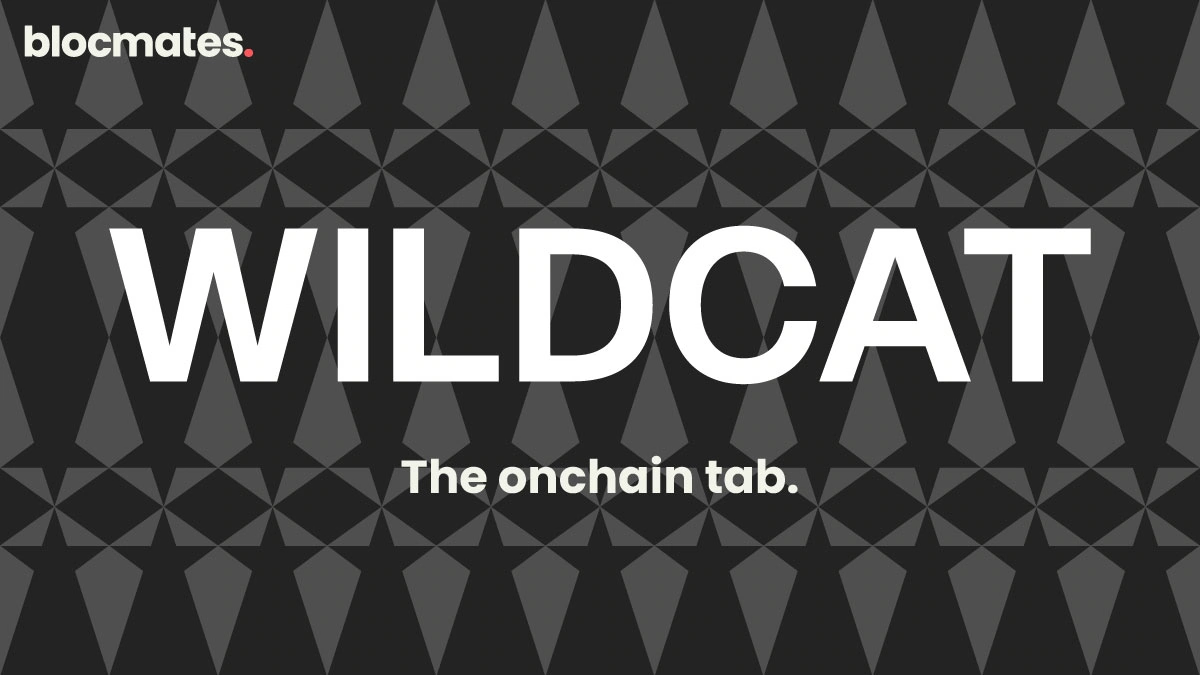
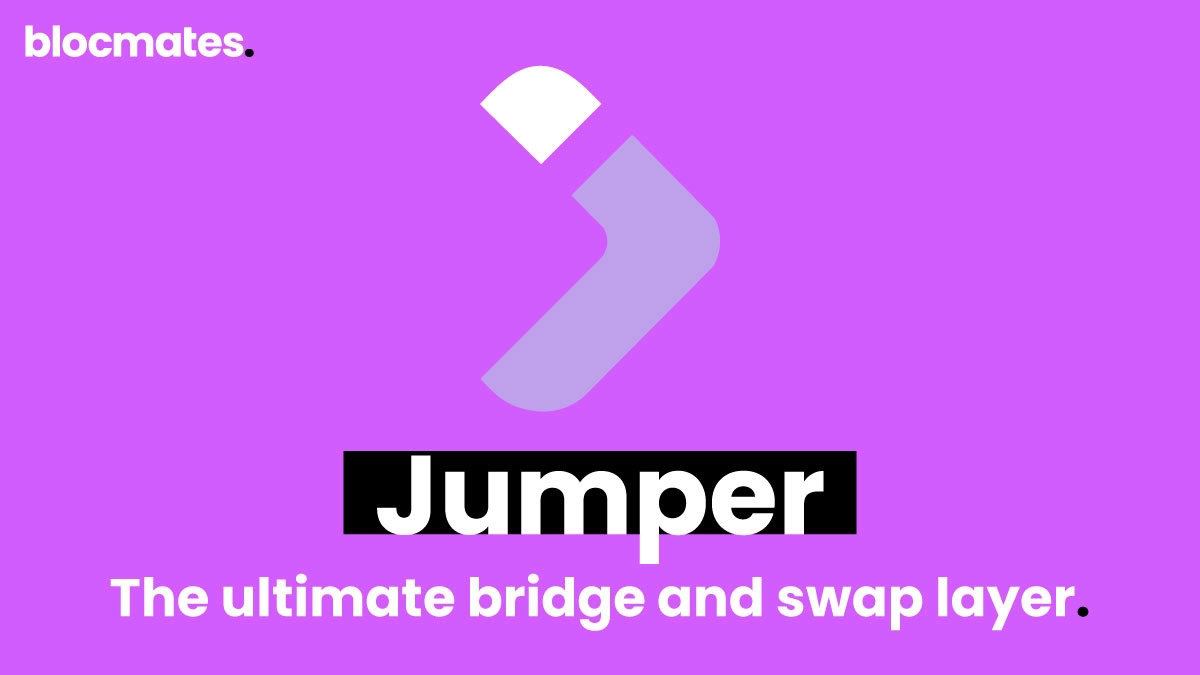
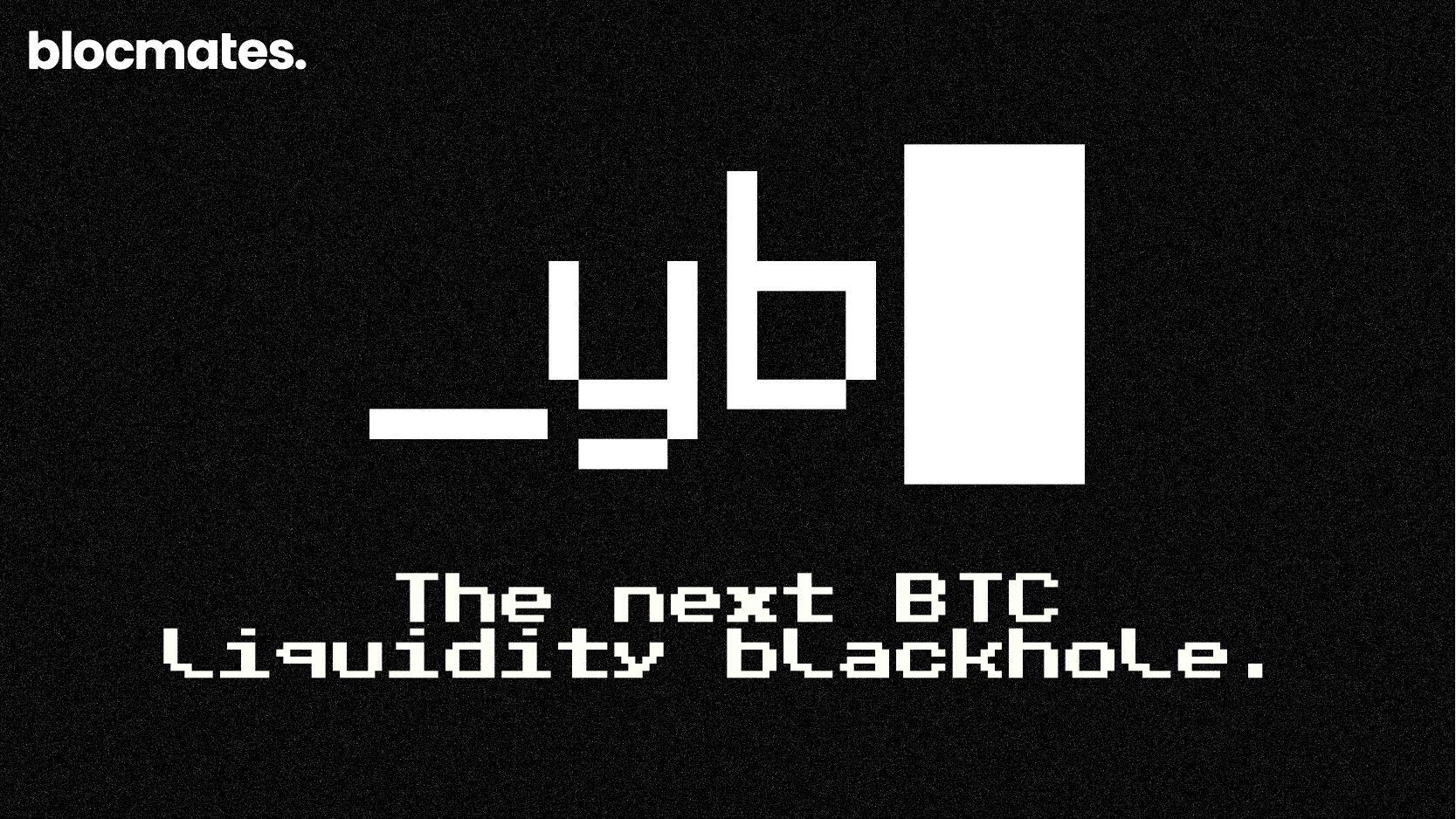
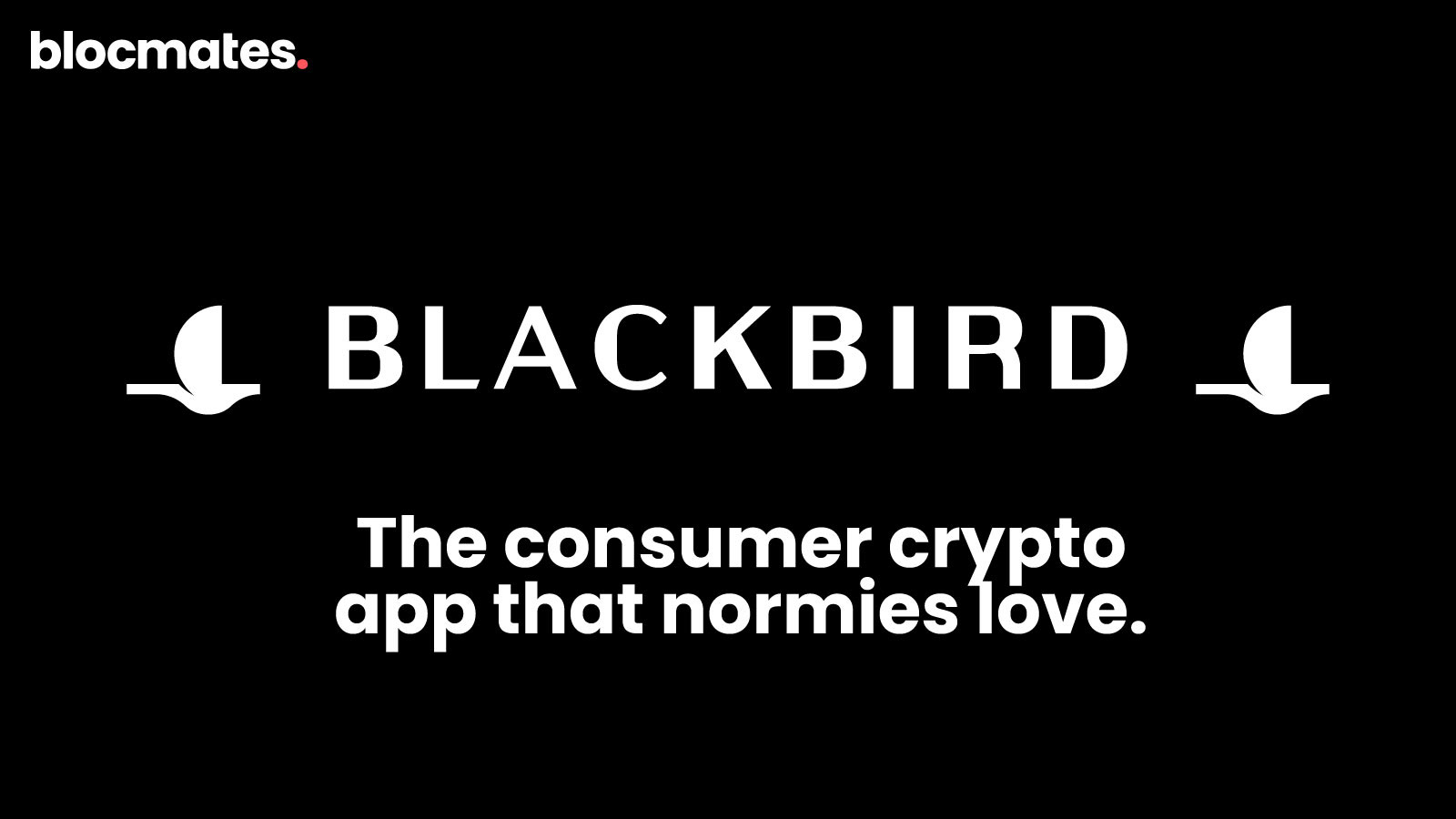


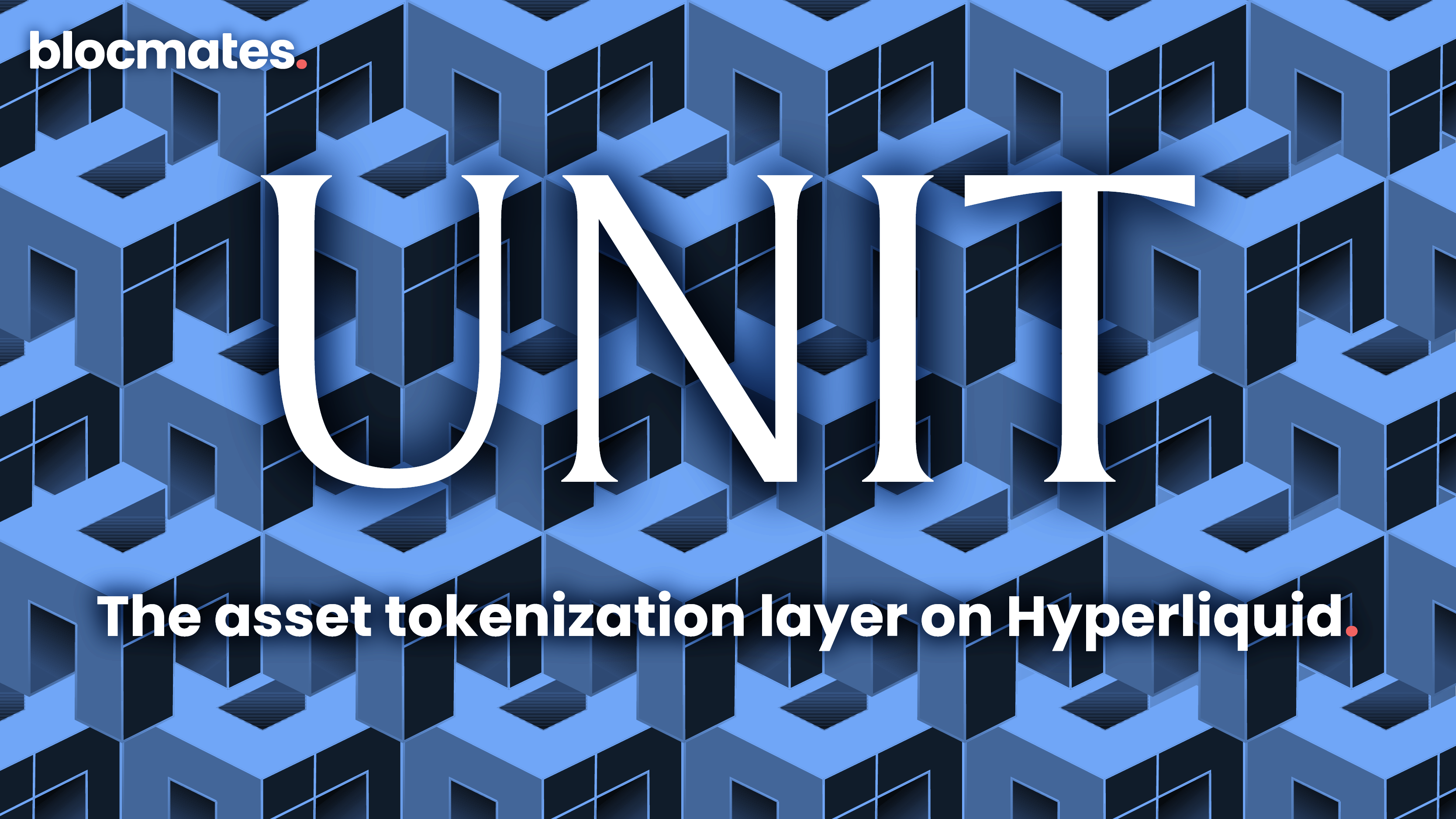



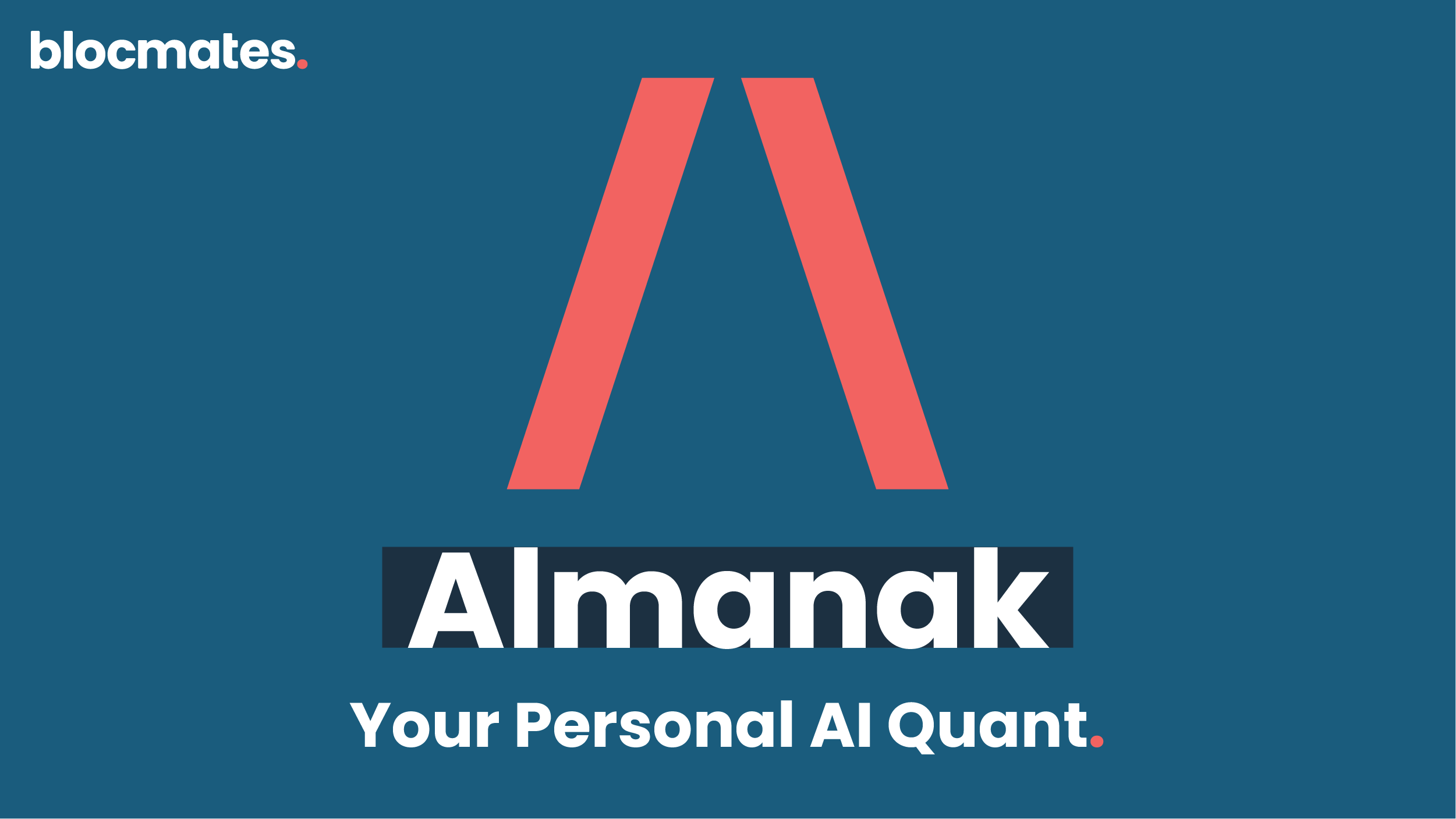
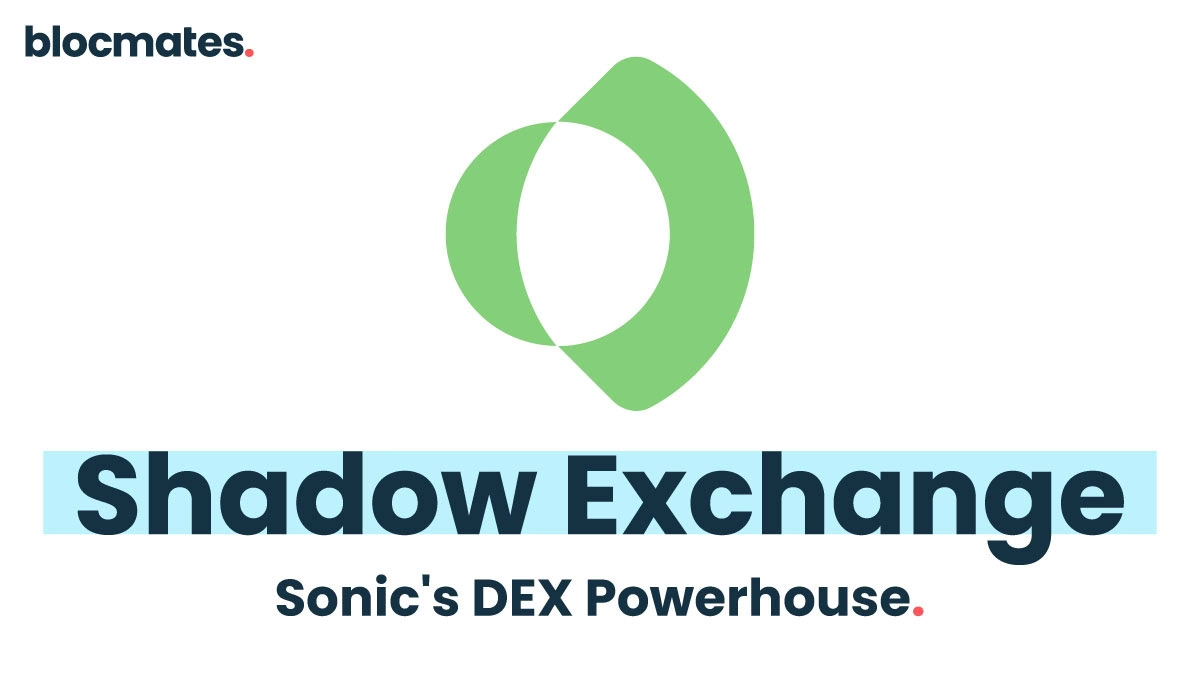


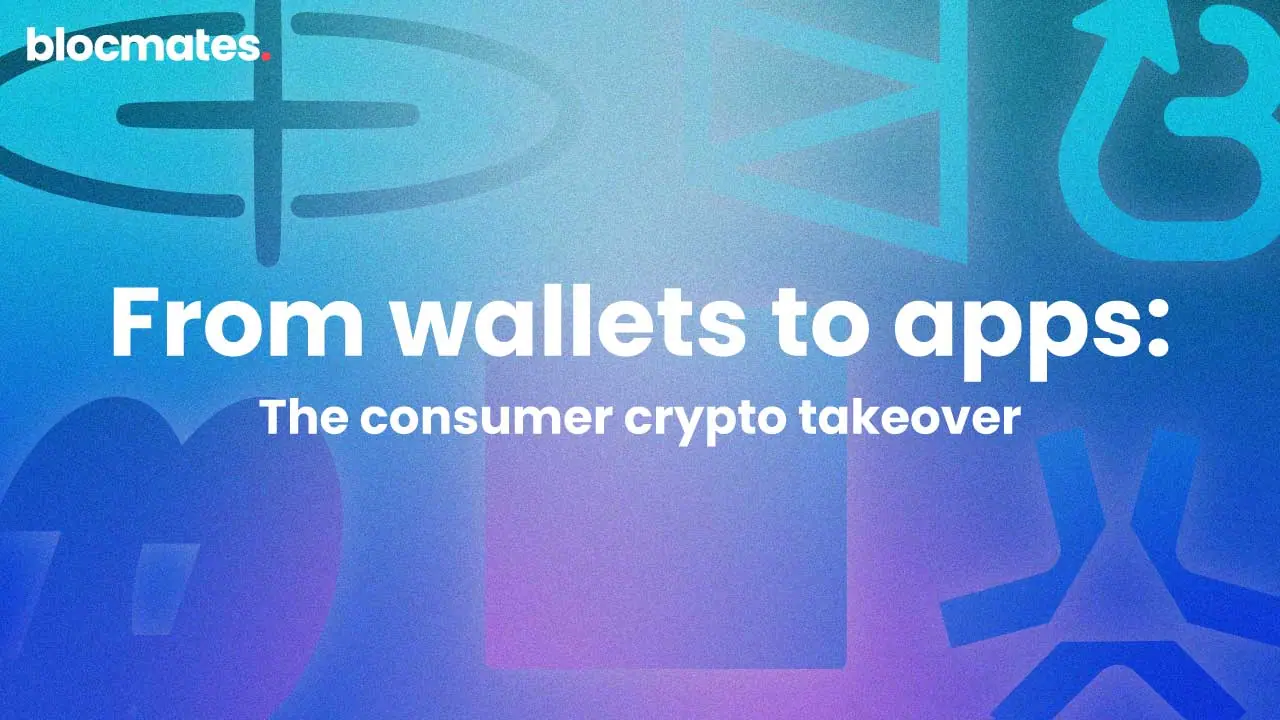

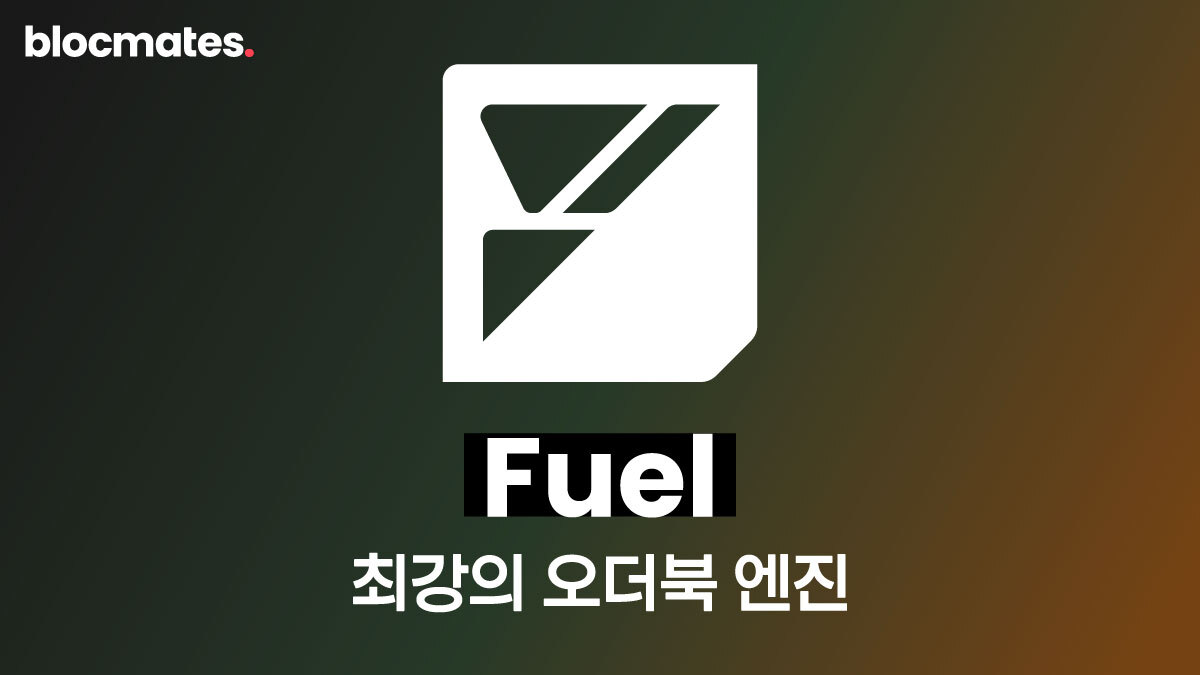


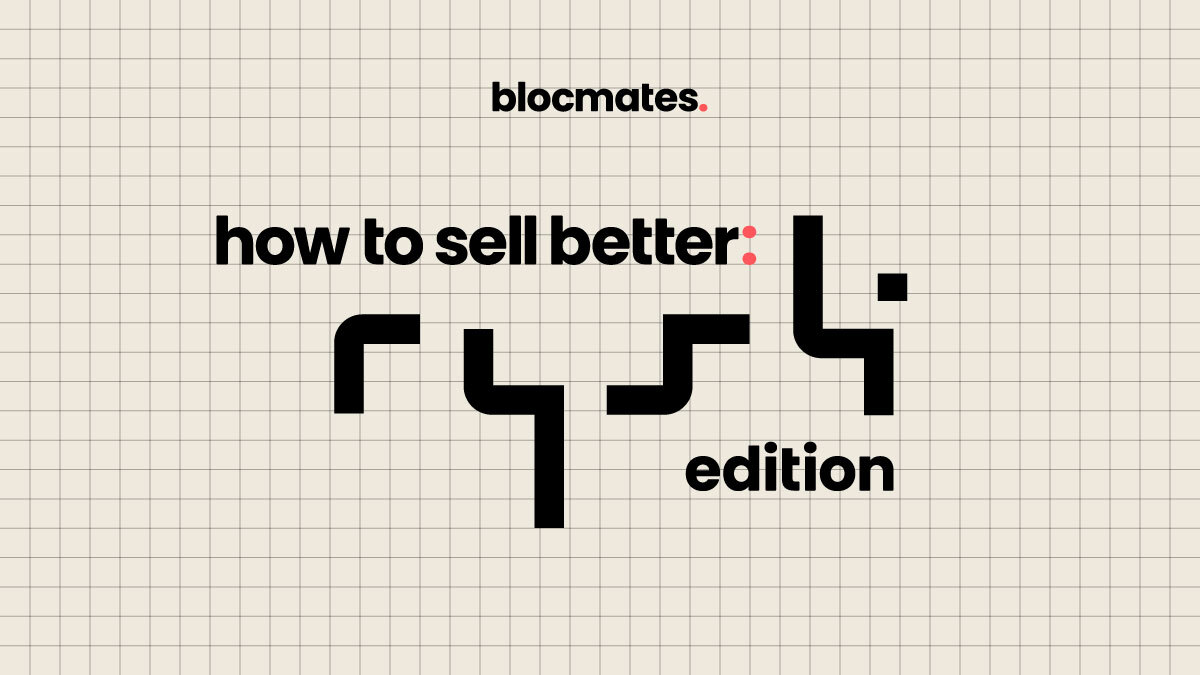


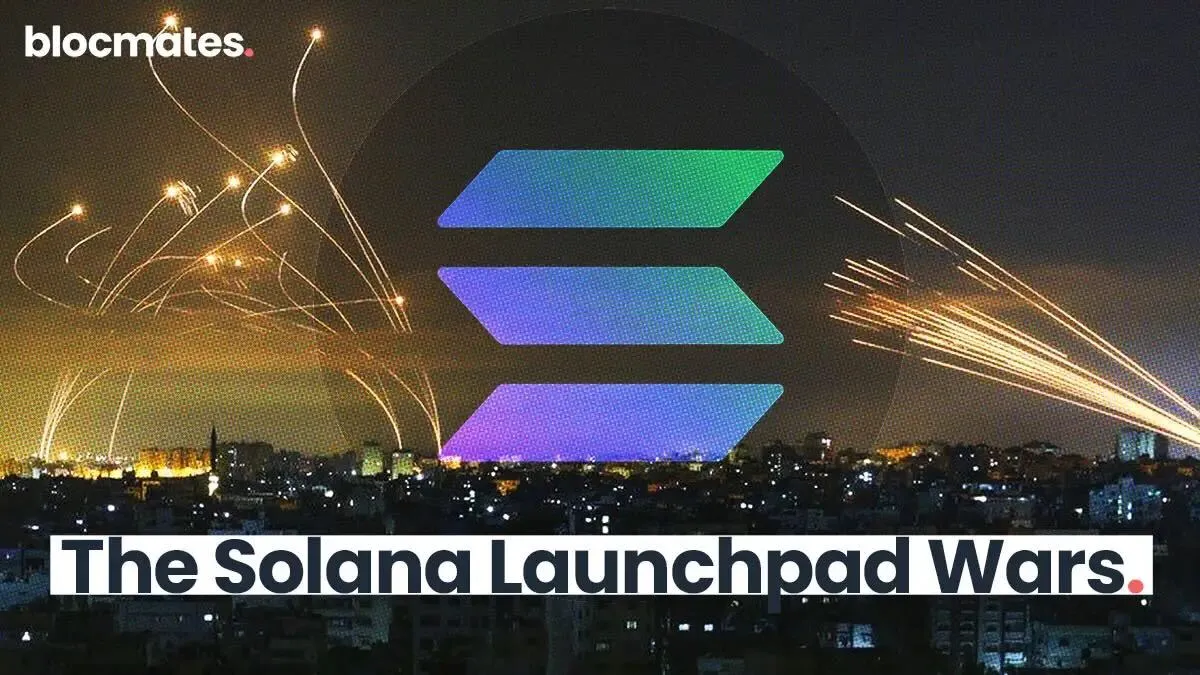




















%202.webp)


.webp)

.webp)
.webp)
.webp)



.webp)

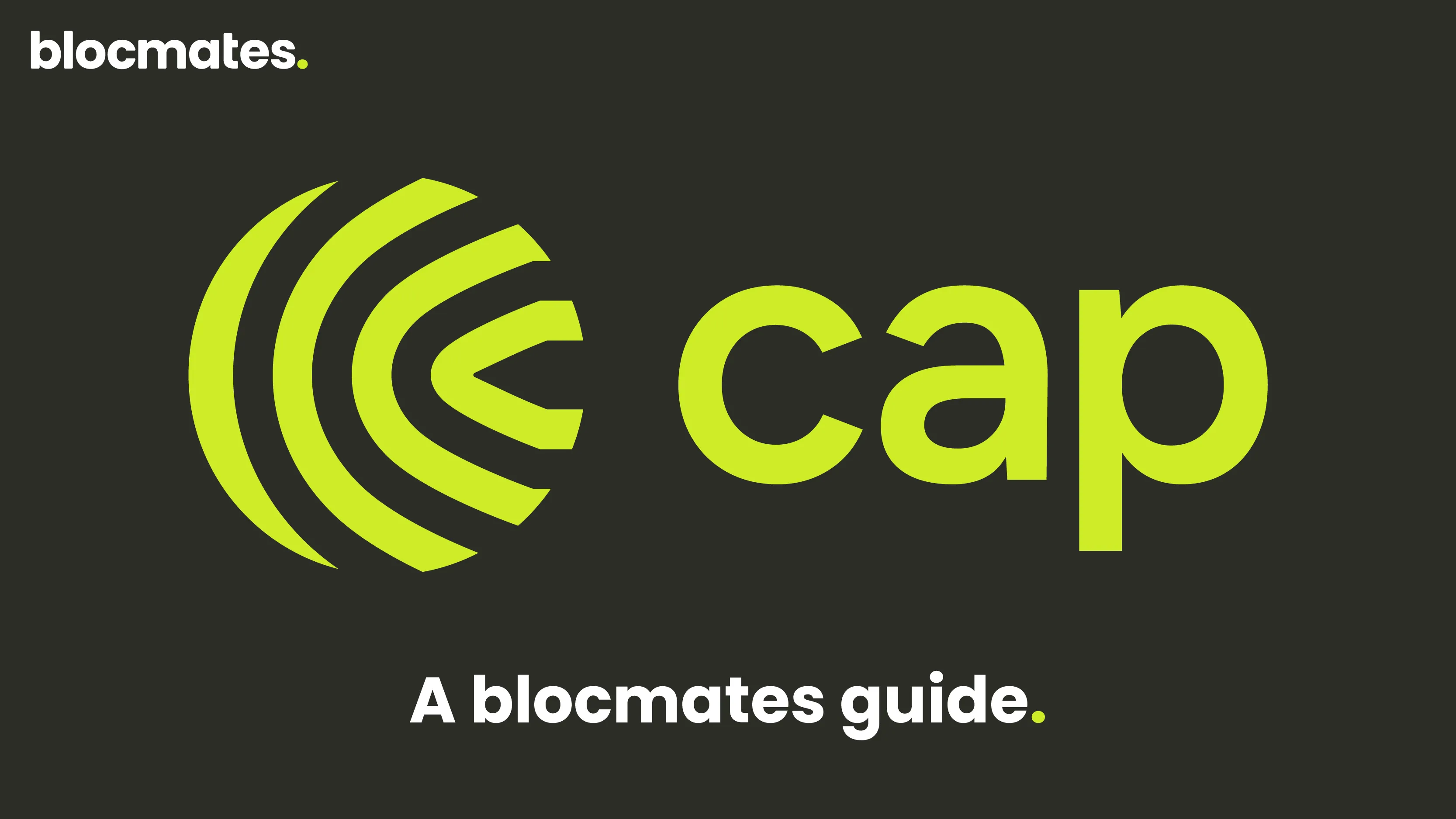










%20the%20Next%20Big%20Unlock%20in%20AI.webp)




.webp)
.webp)

.webp)
.webp)
.webp)


.webp)
.webp)










.webp)


.webp)









.webp)







.webp)
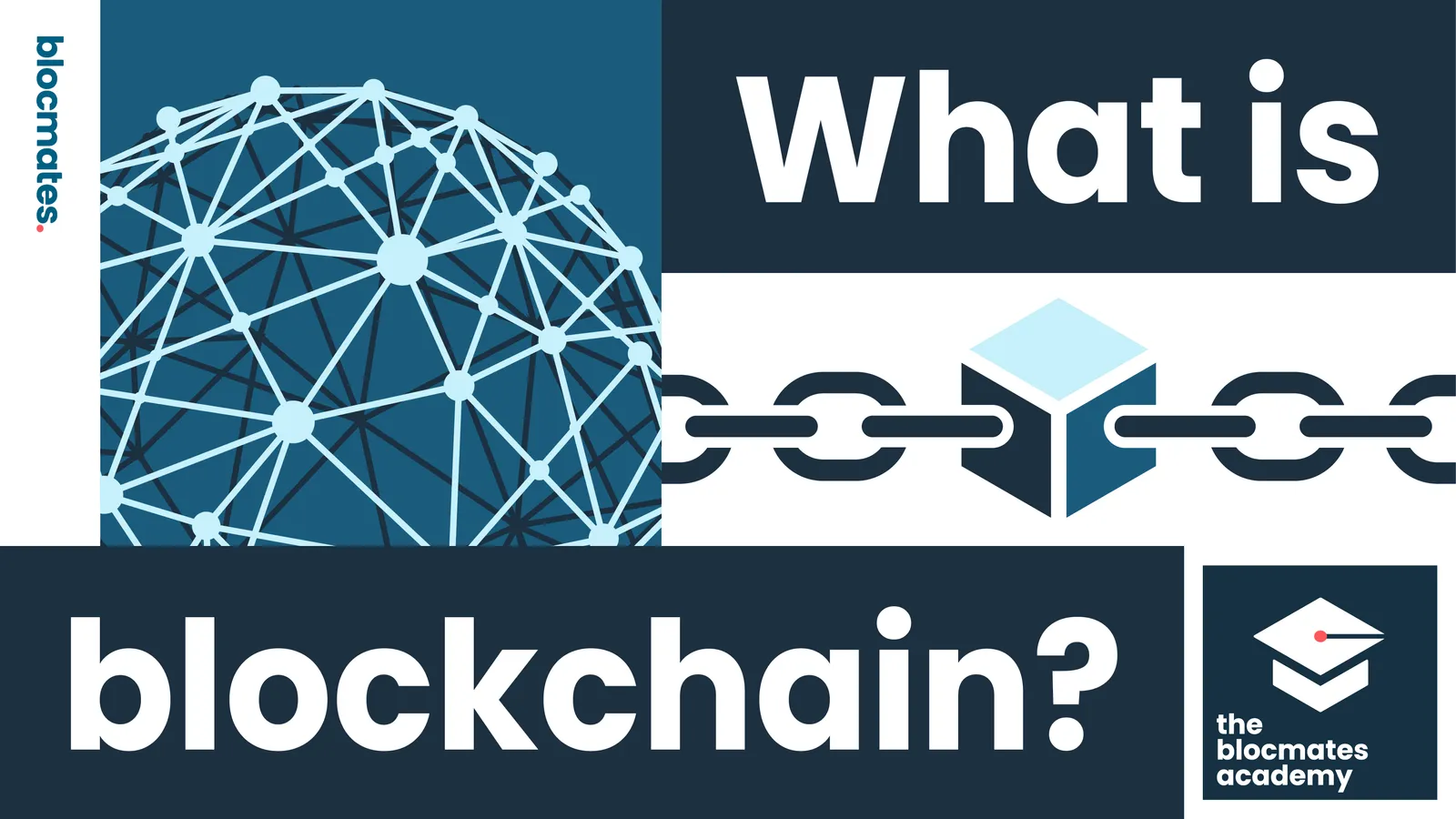



.webp)
















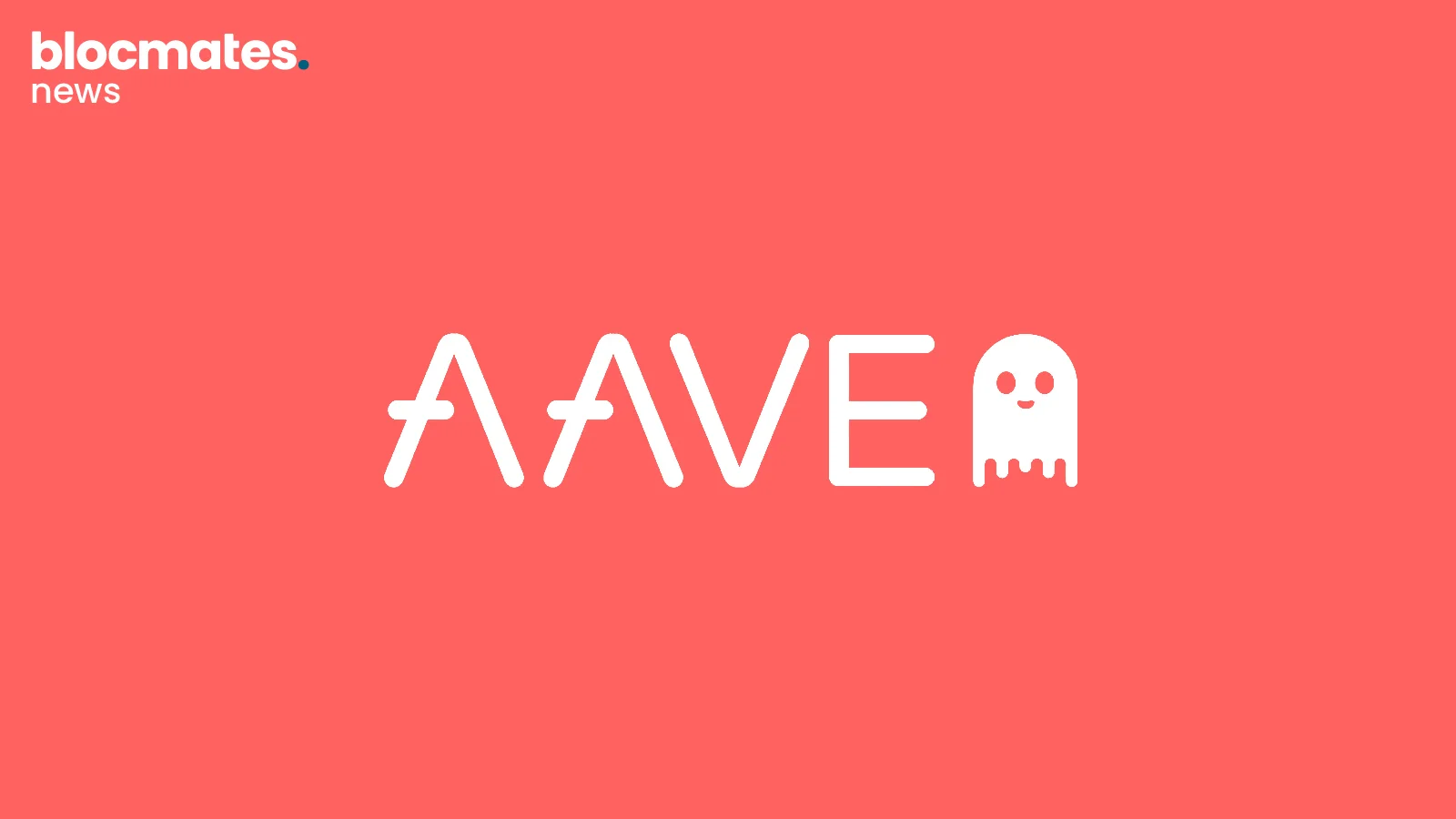
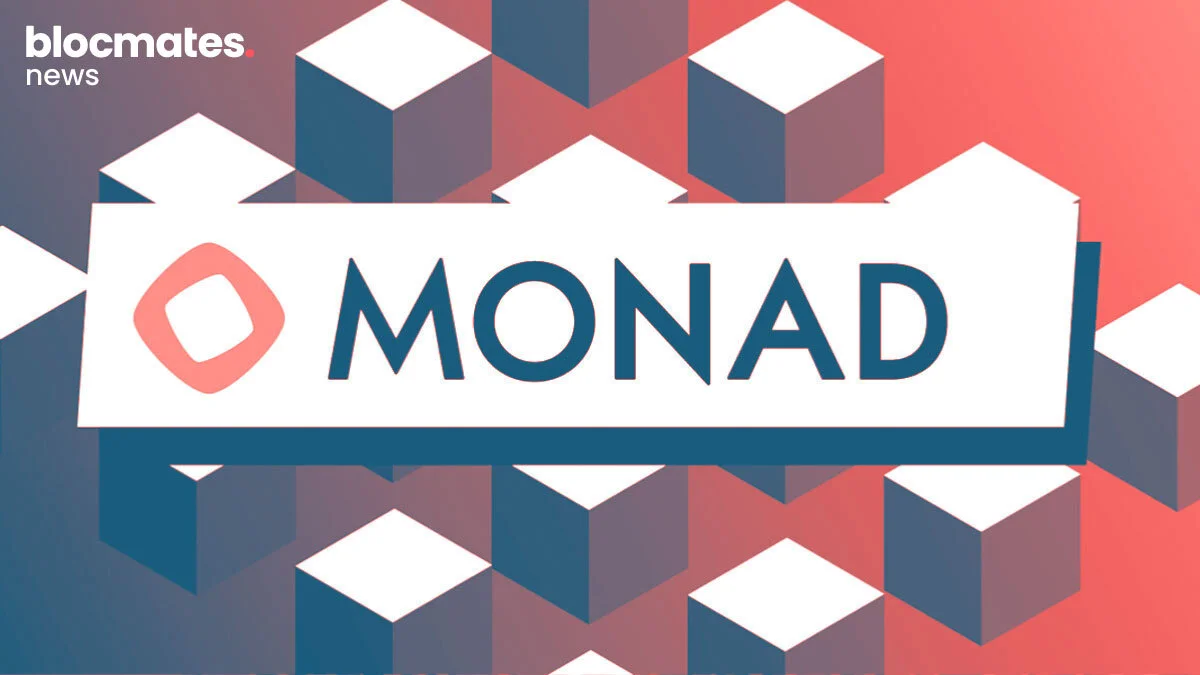
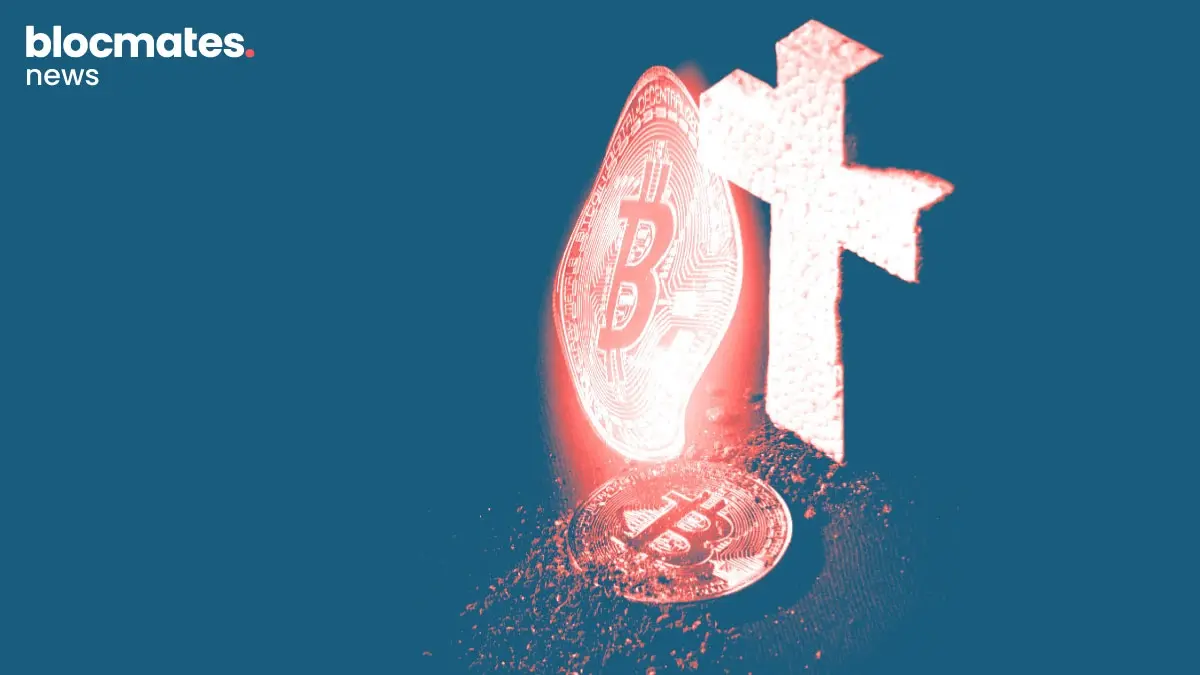




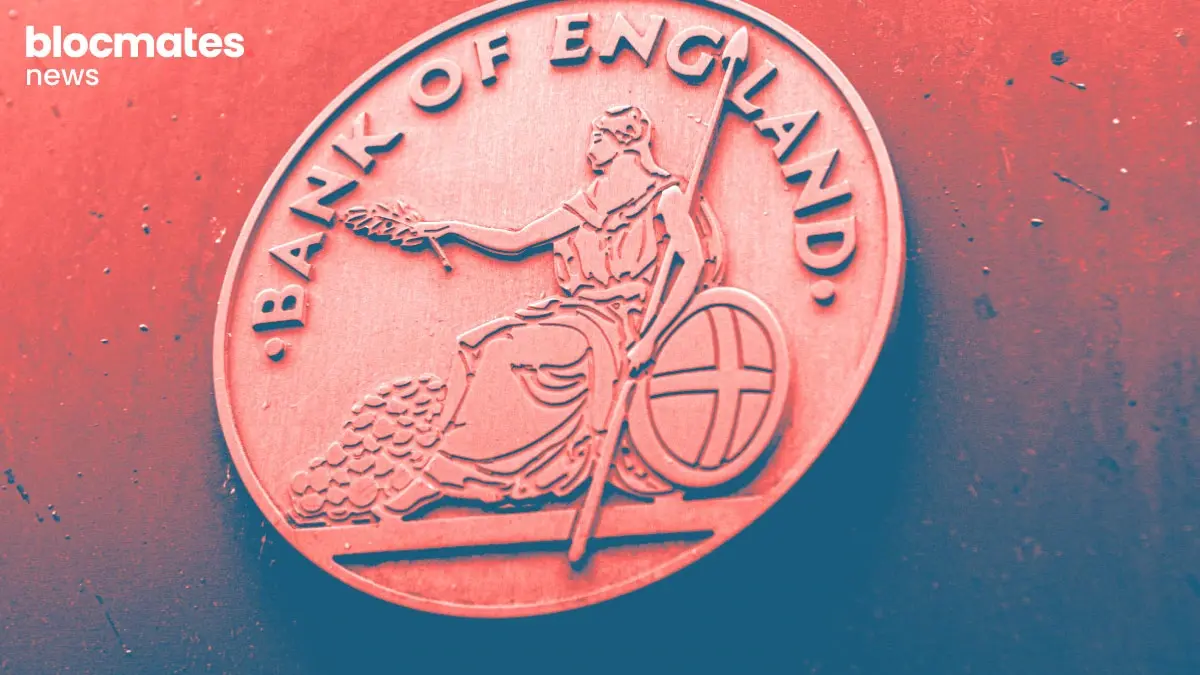


.webp)
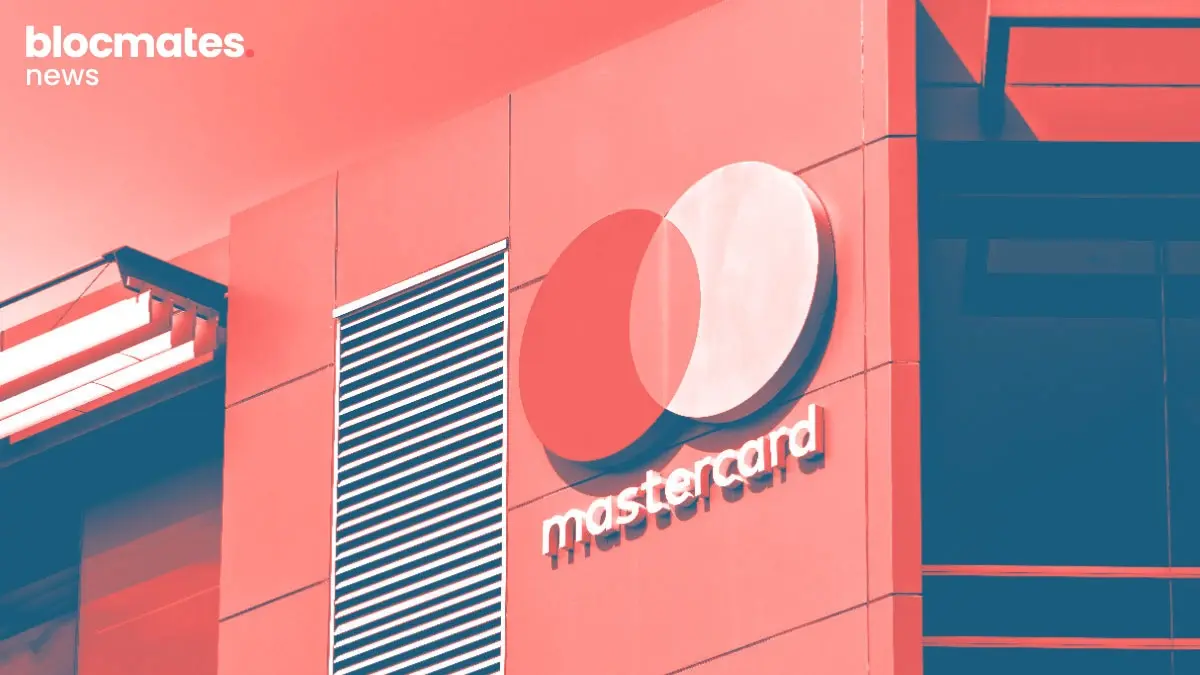






.webp)


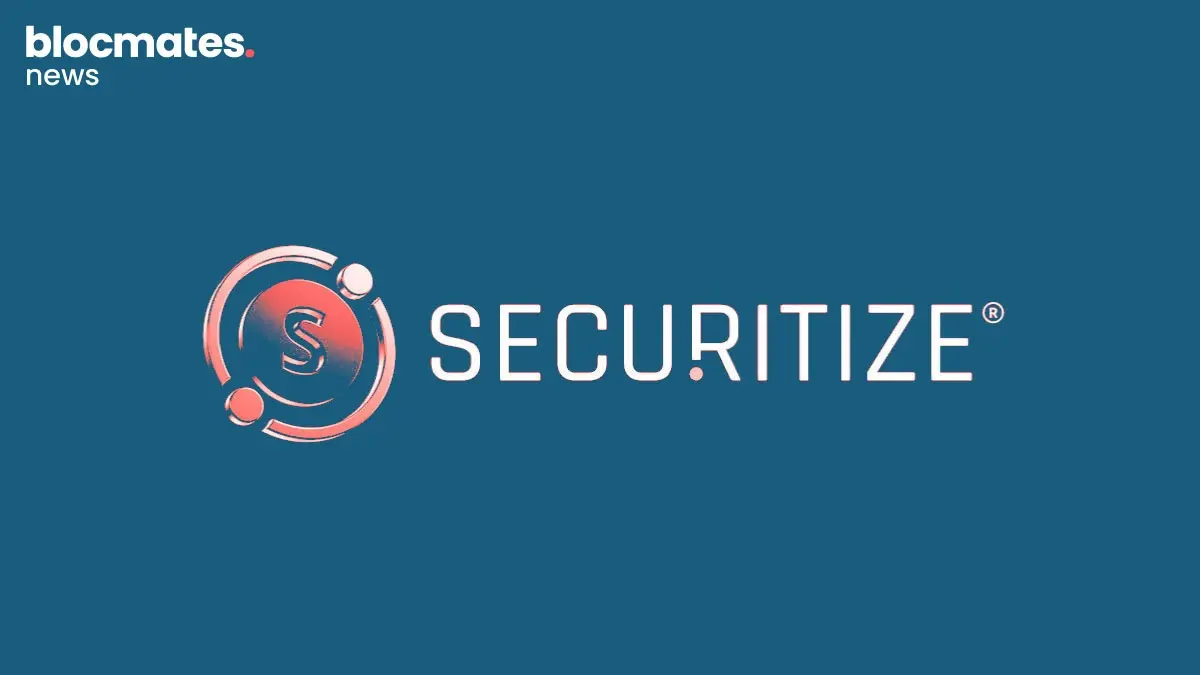

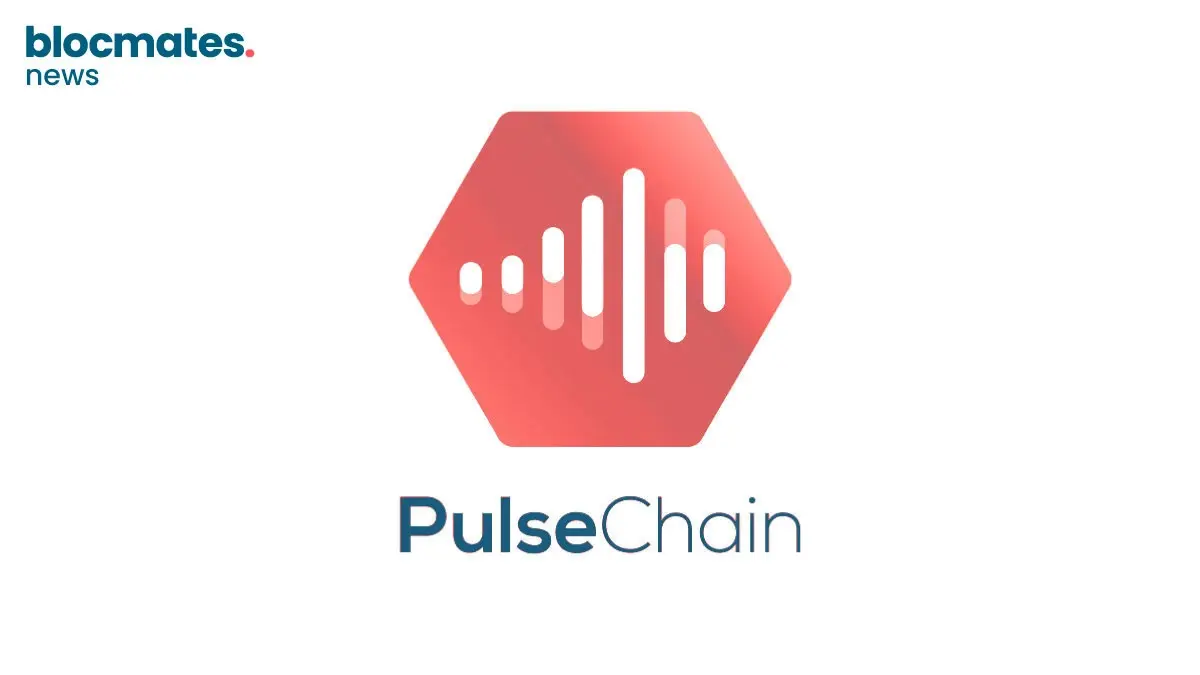
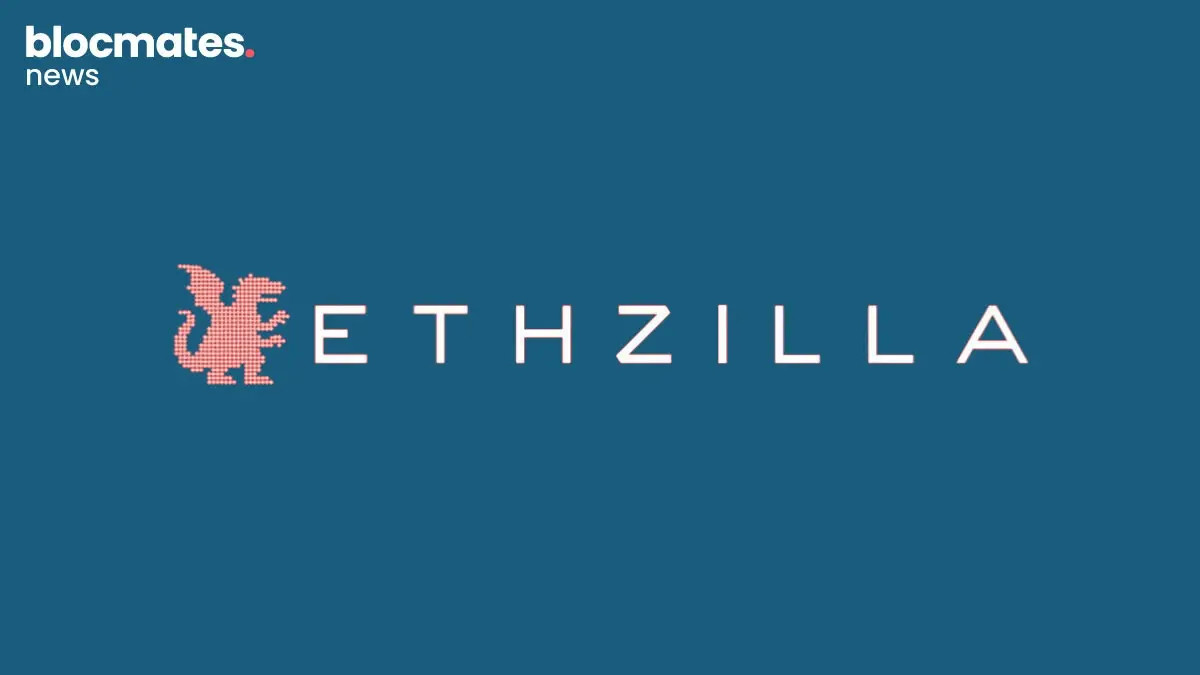
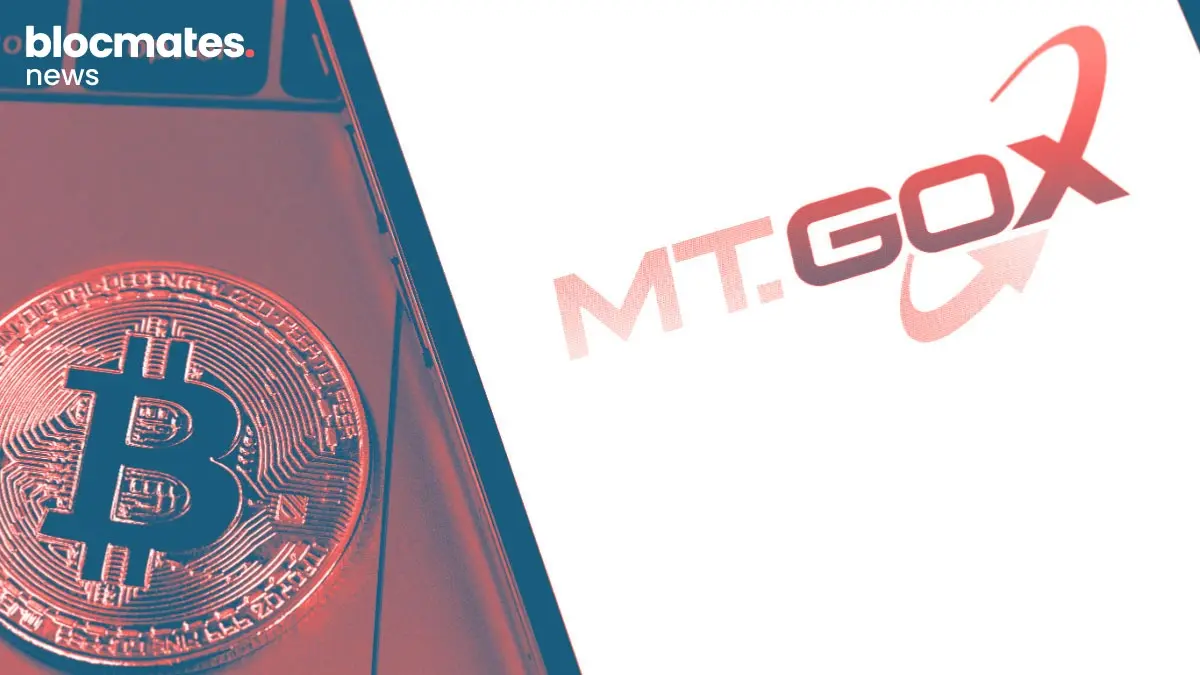

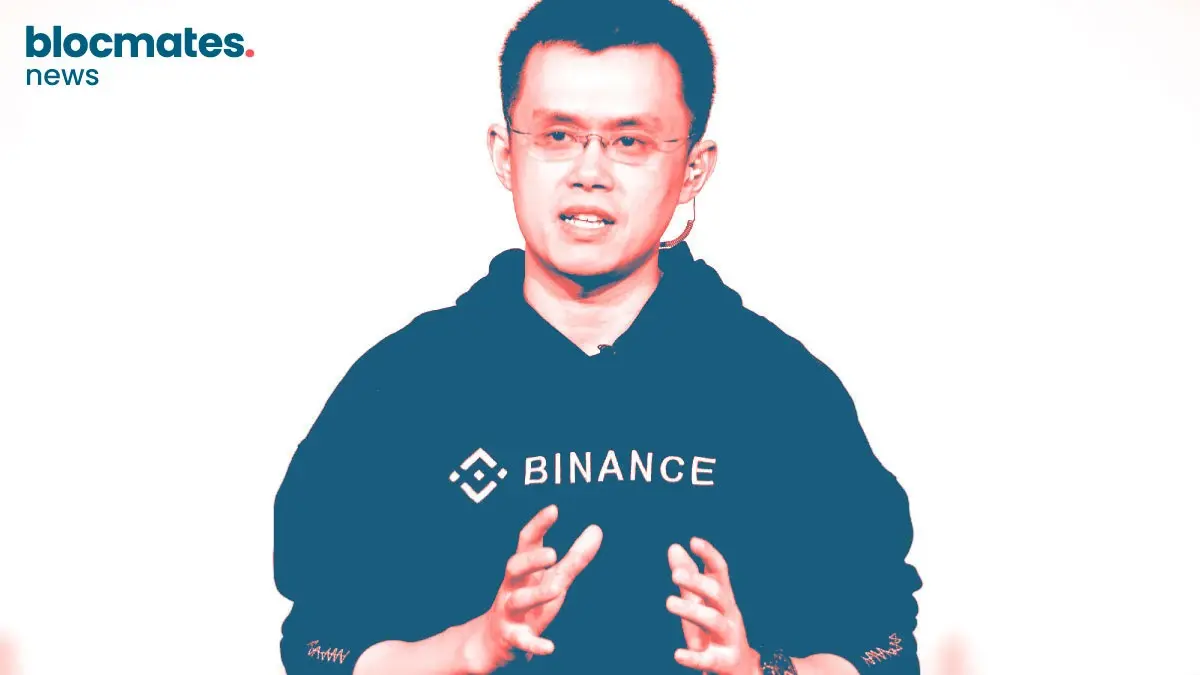


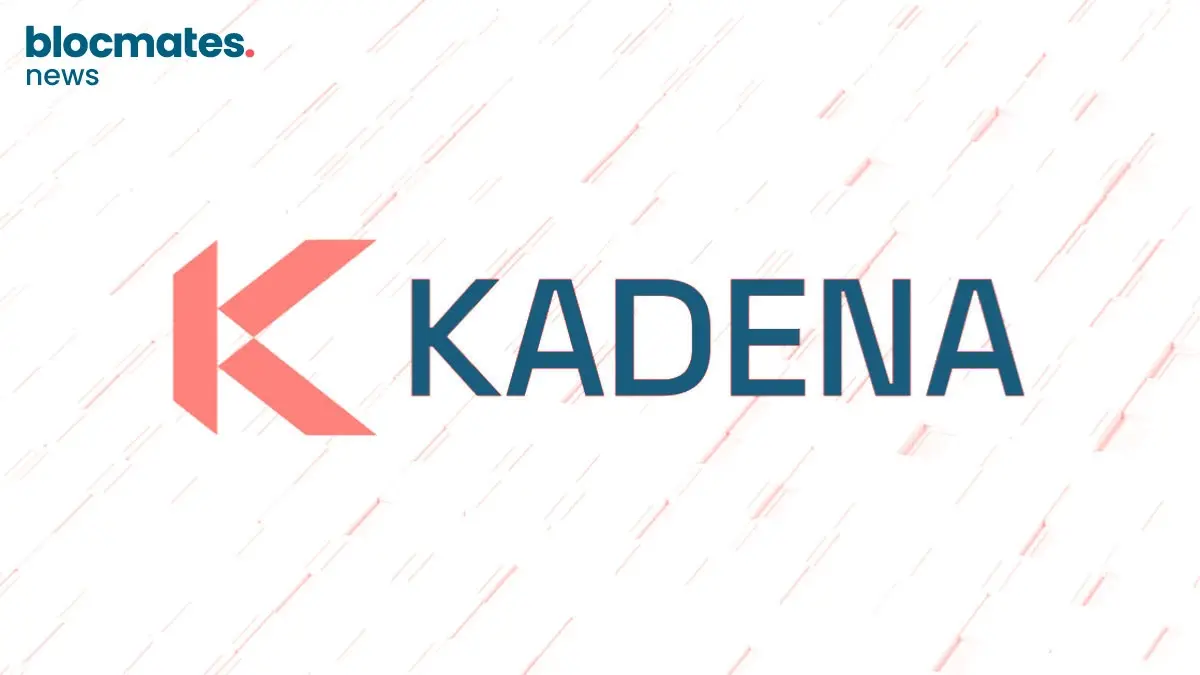

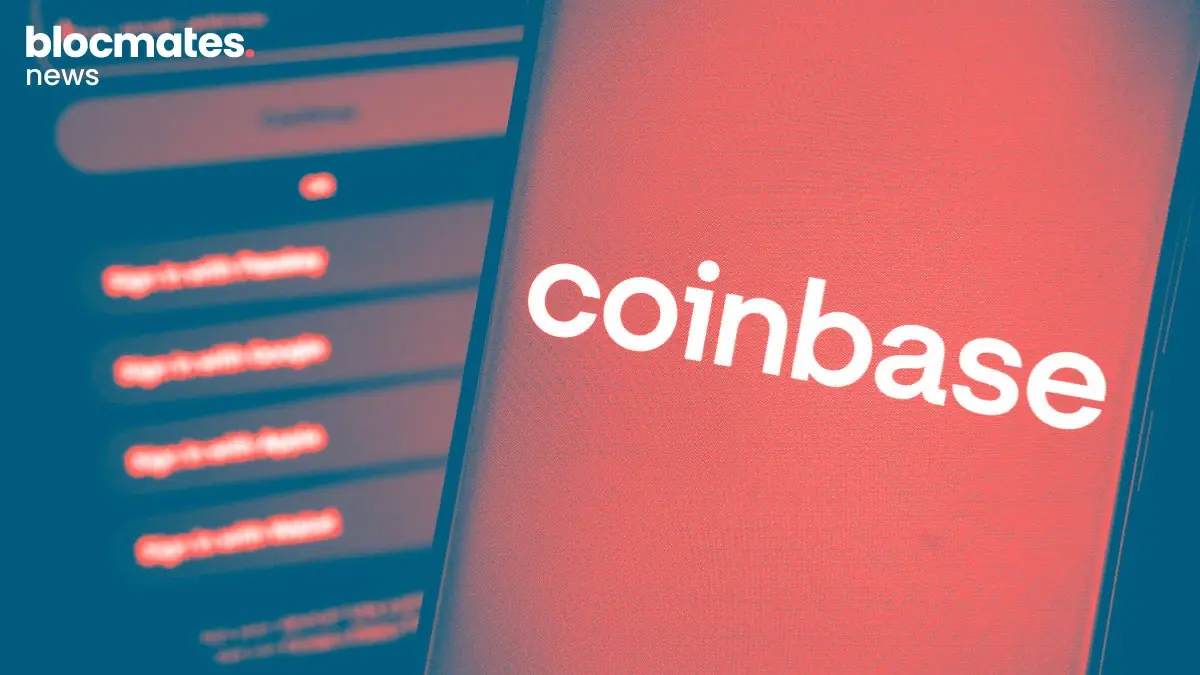
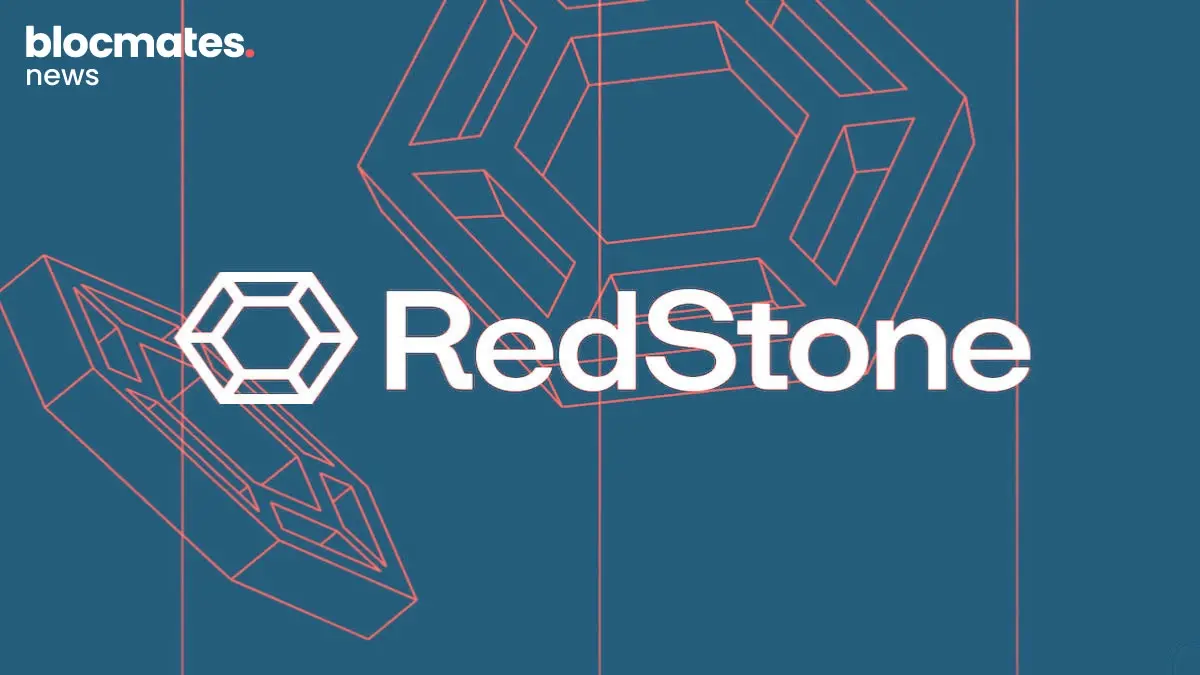
.webp)

.webp)
.webp)

.webp)


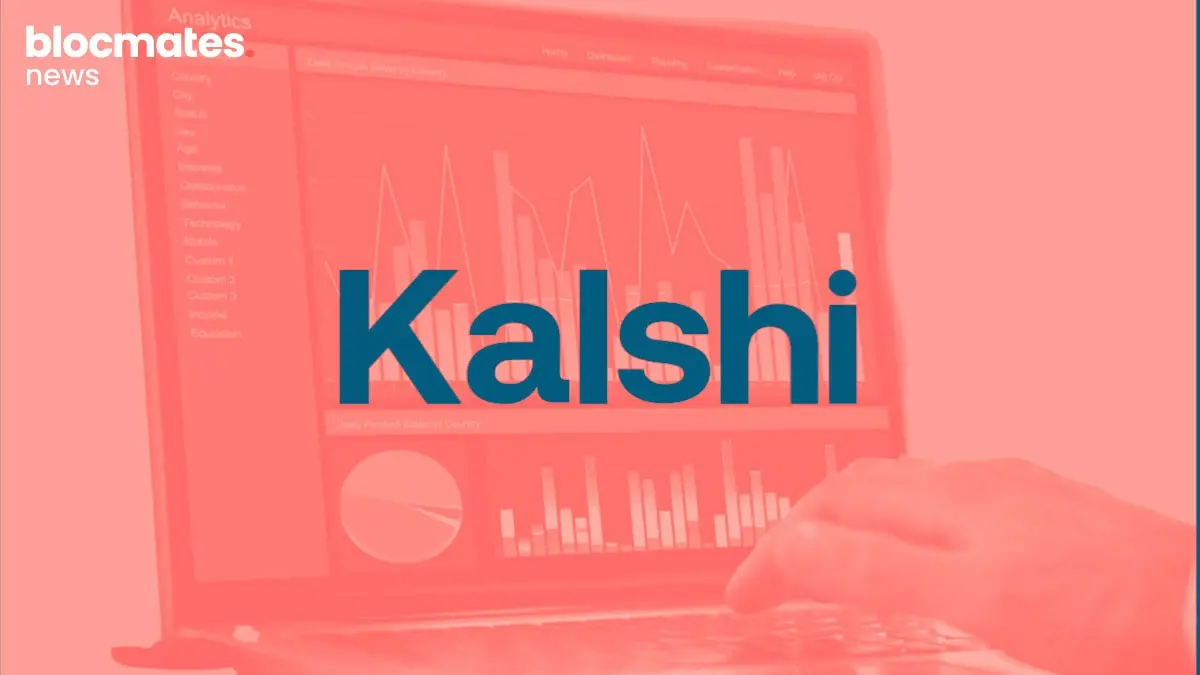
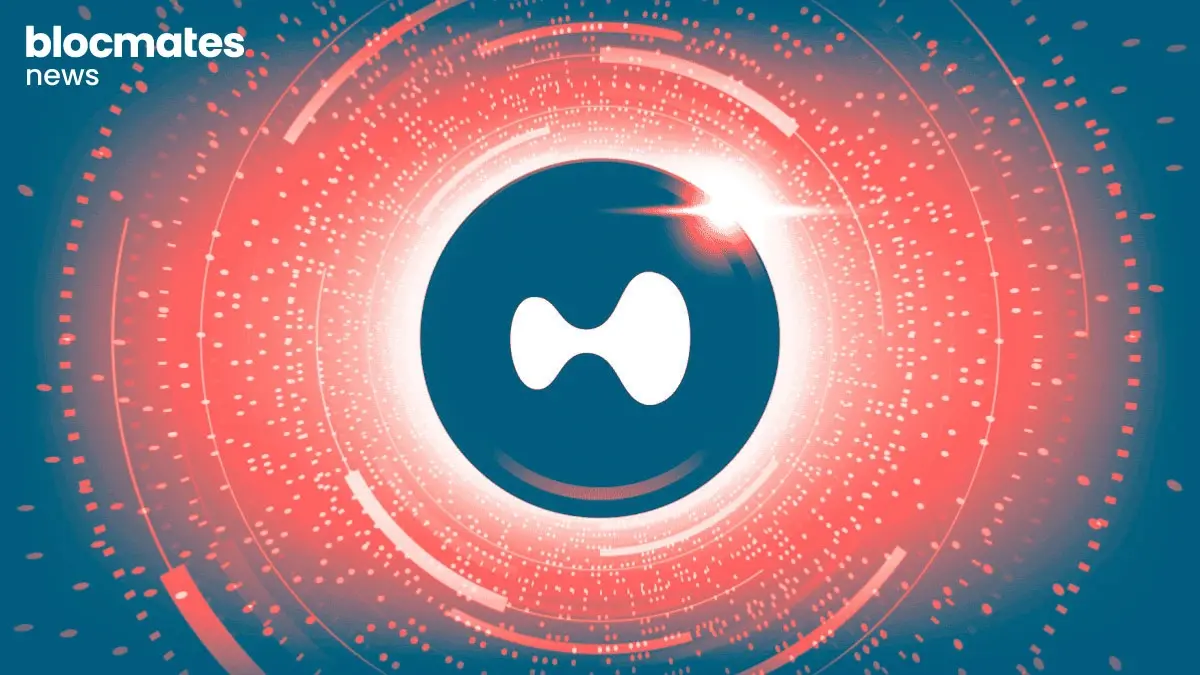




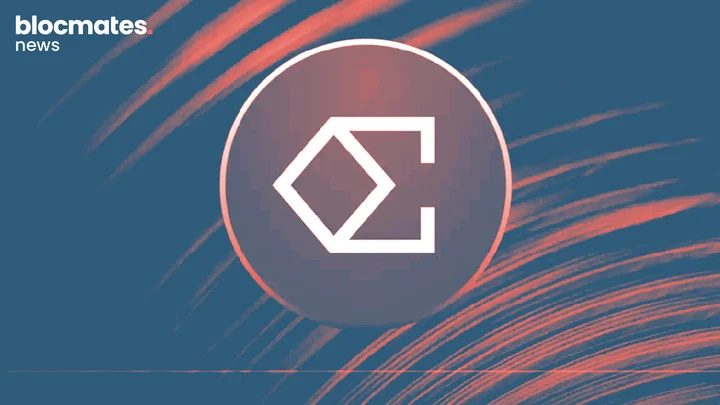


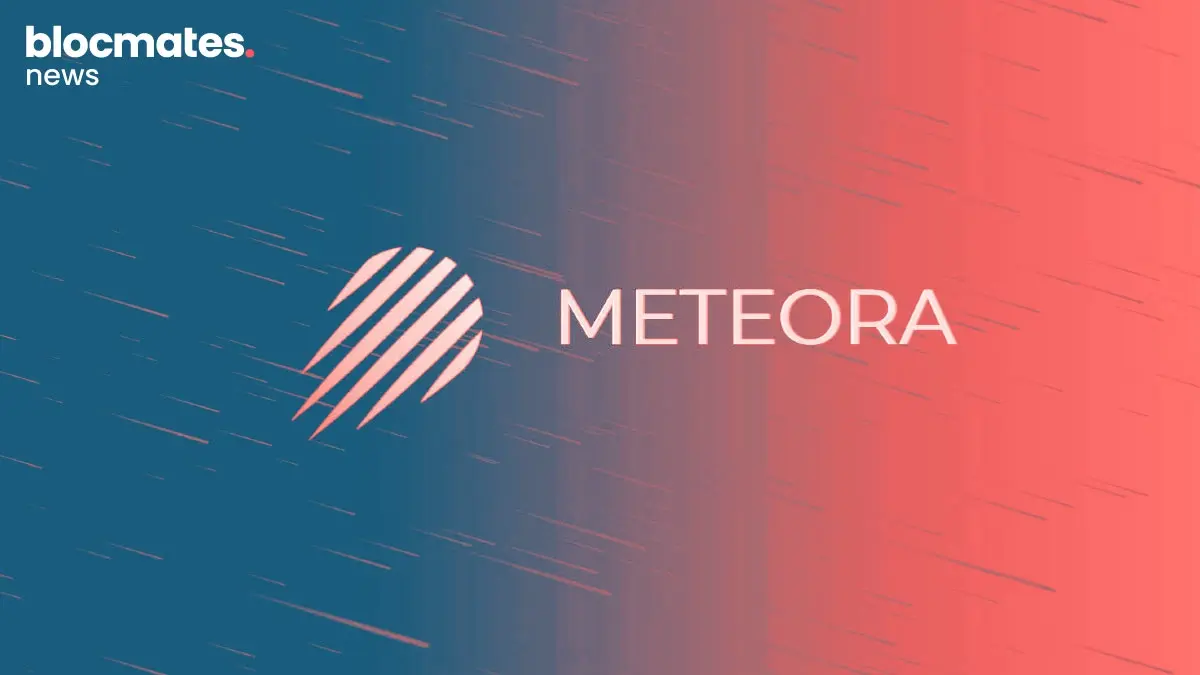


.webp)

.webp)

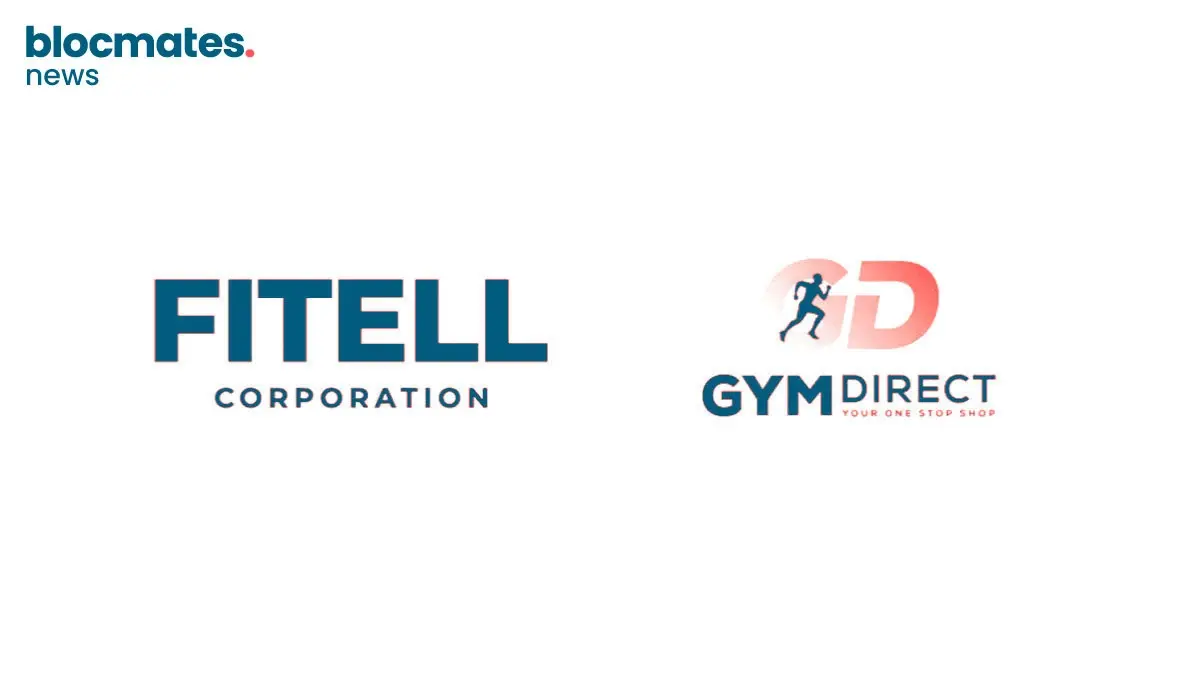
.webp)

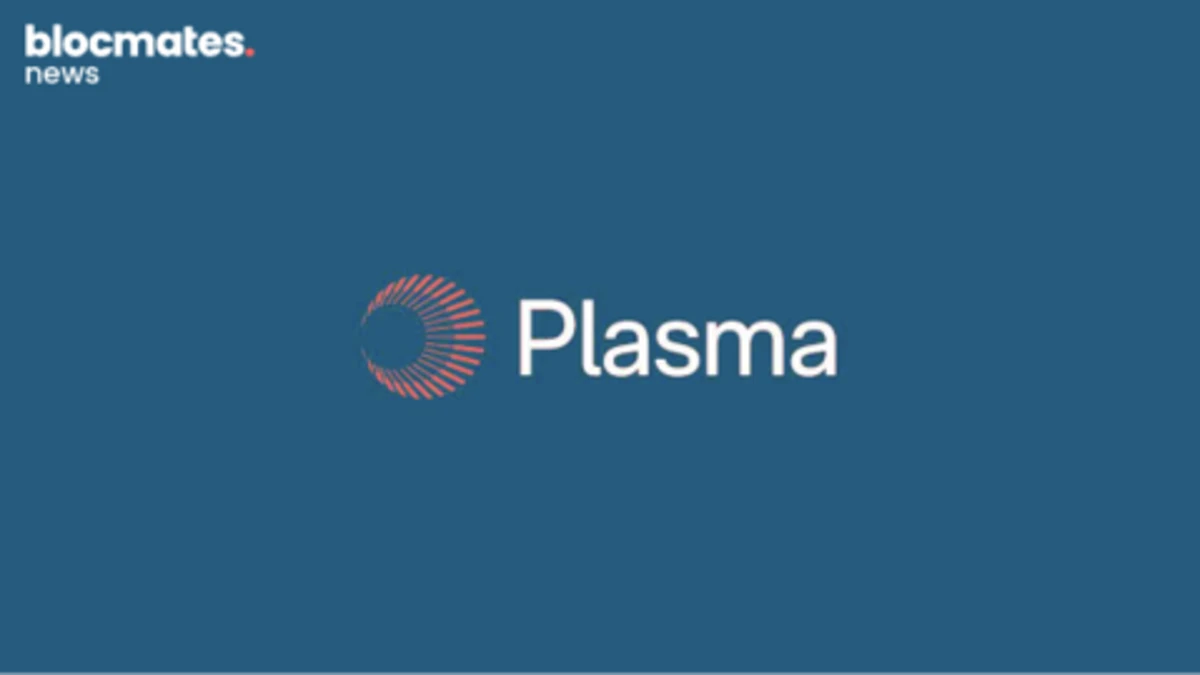

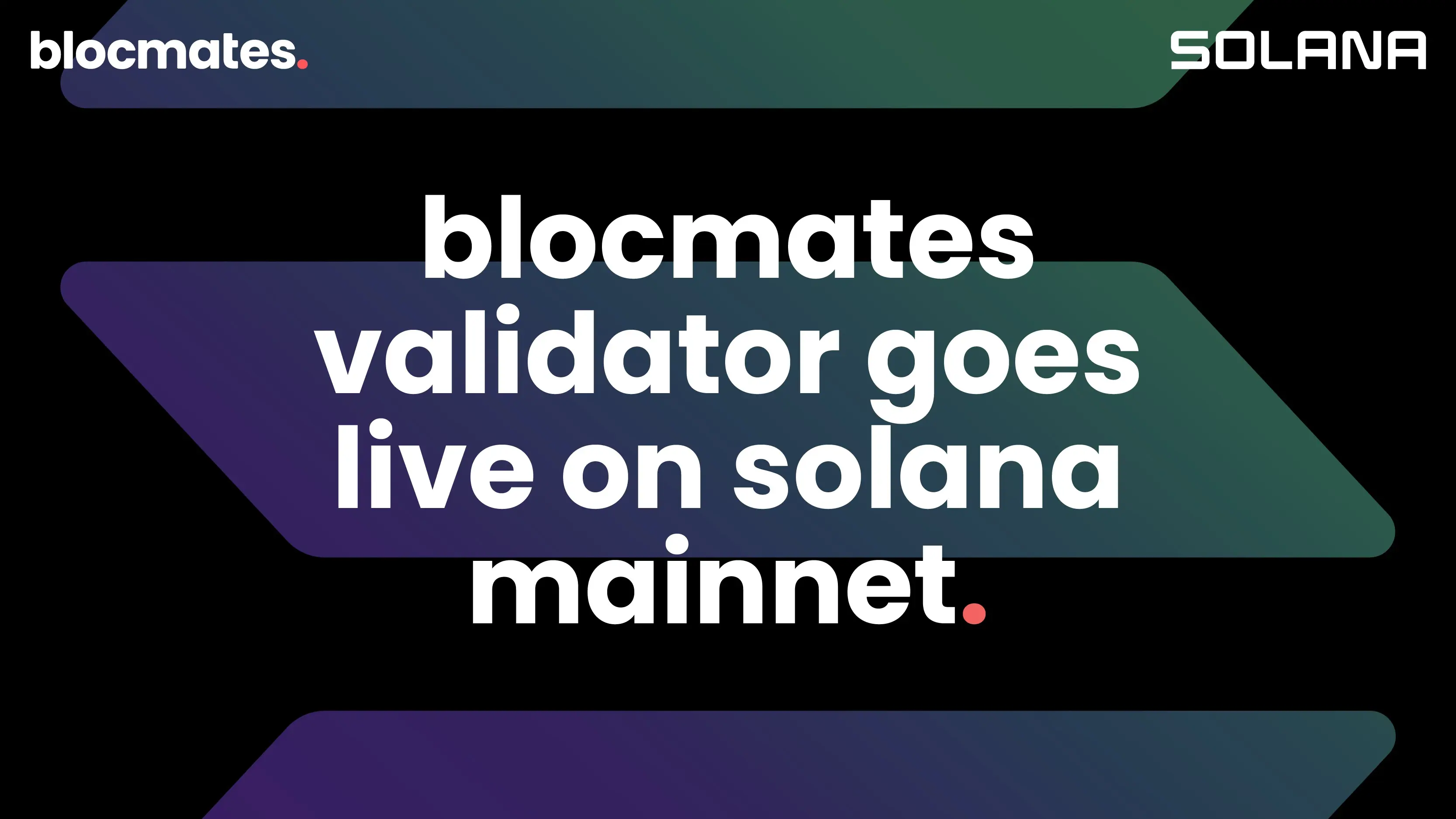
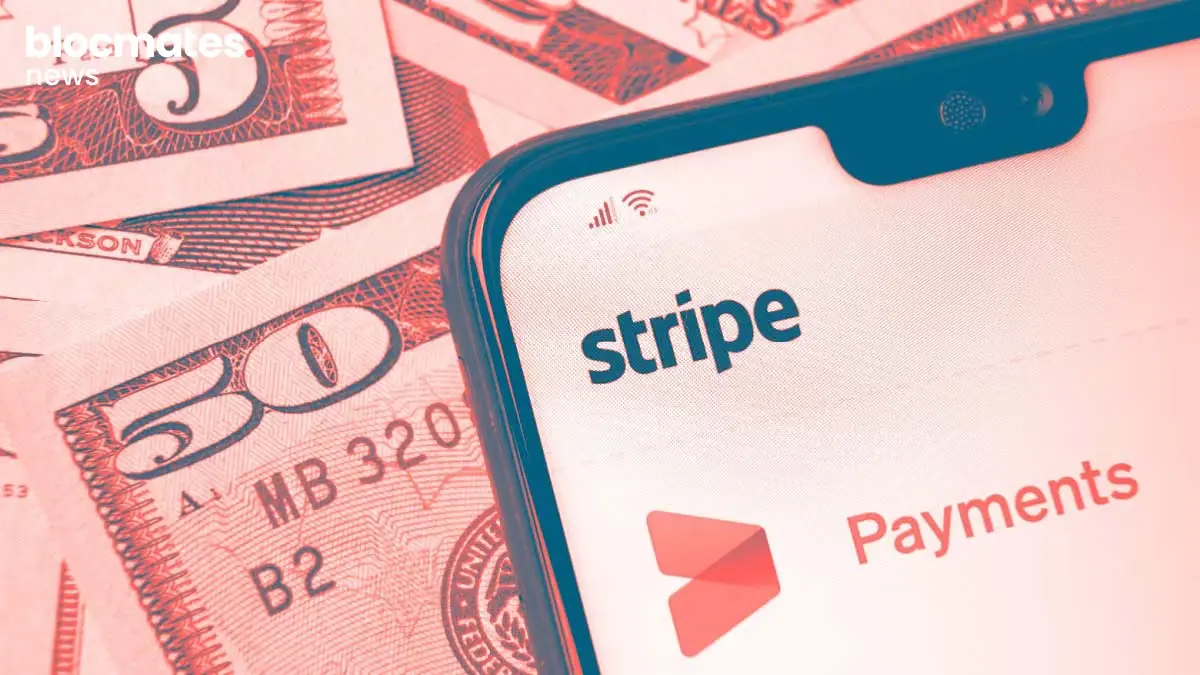



.webp)
